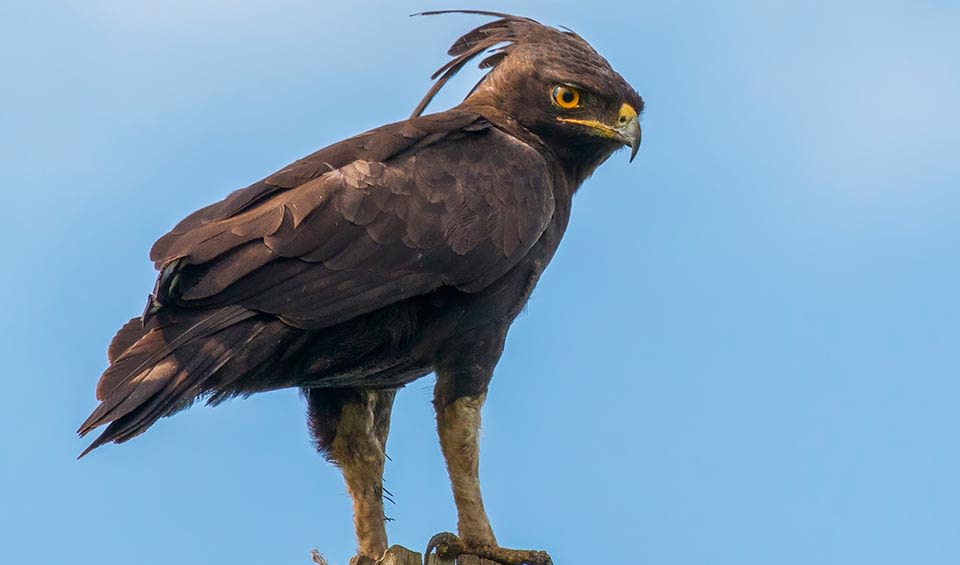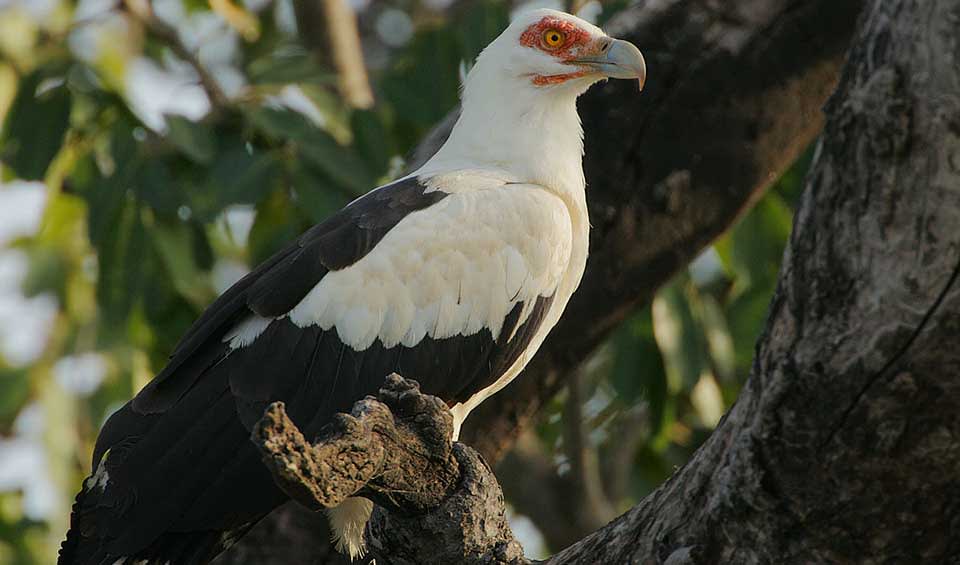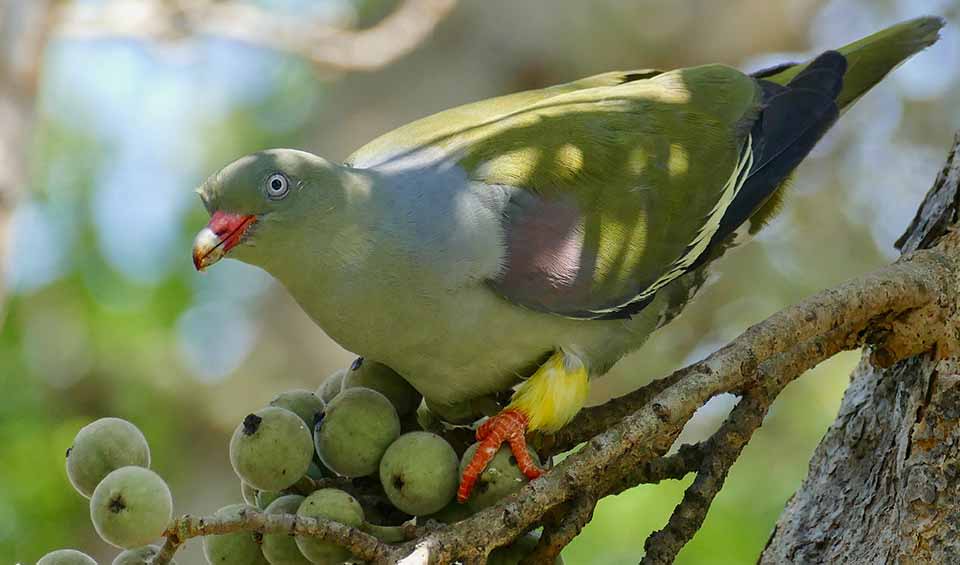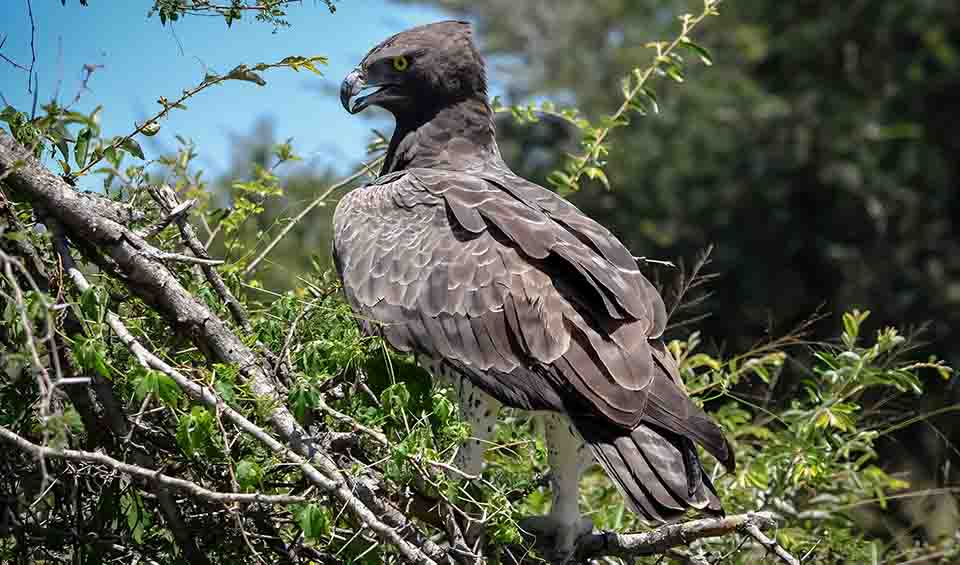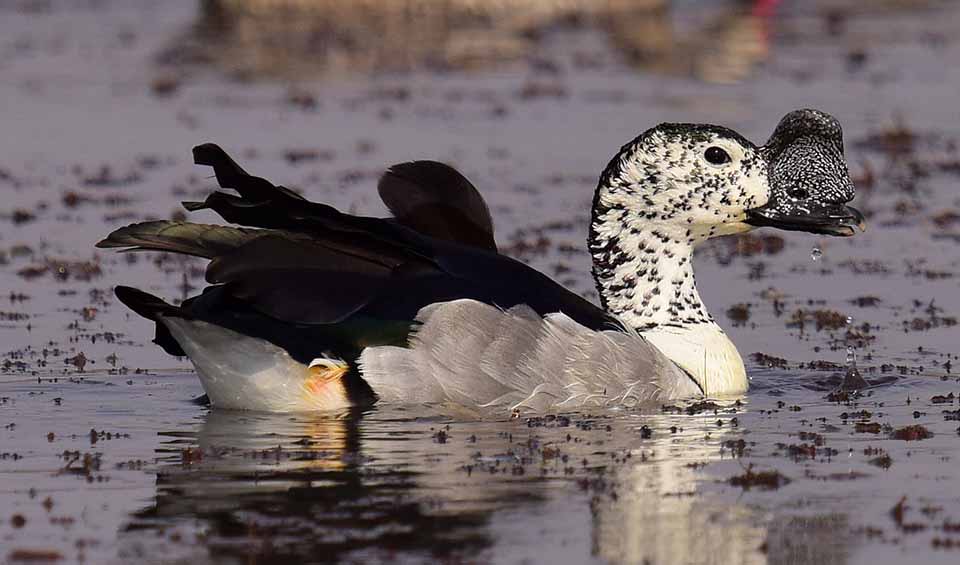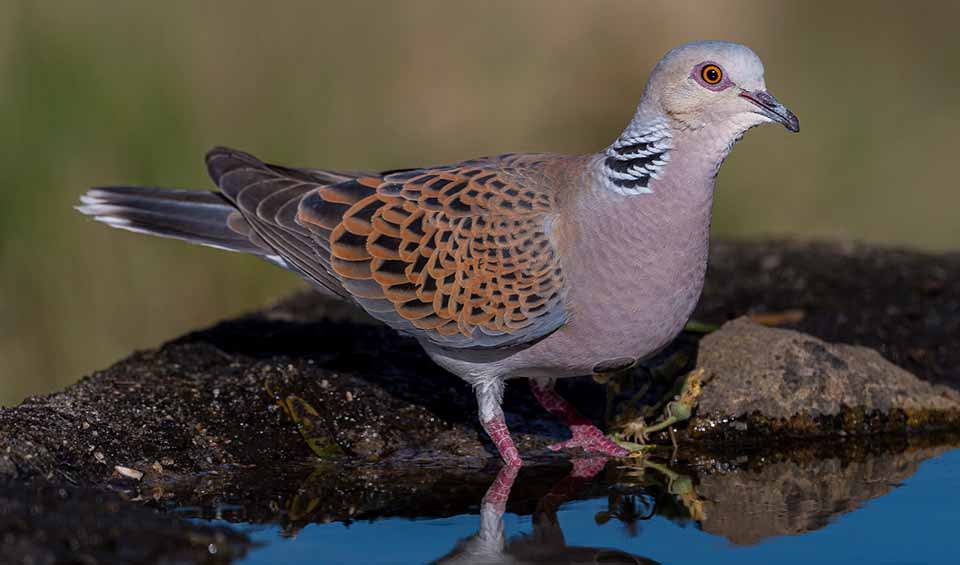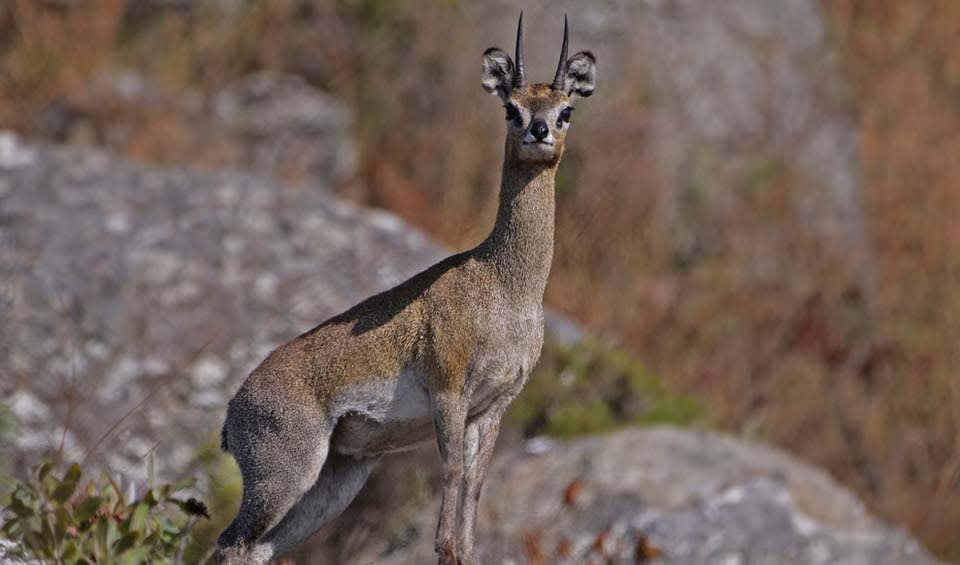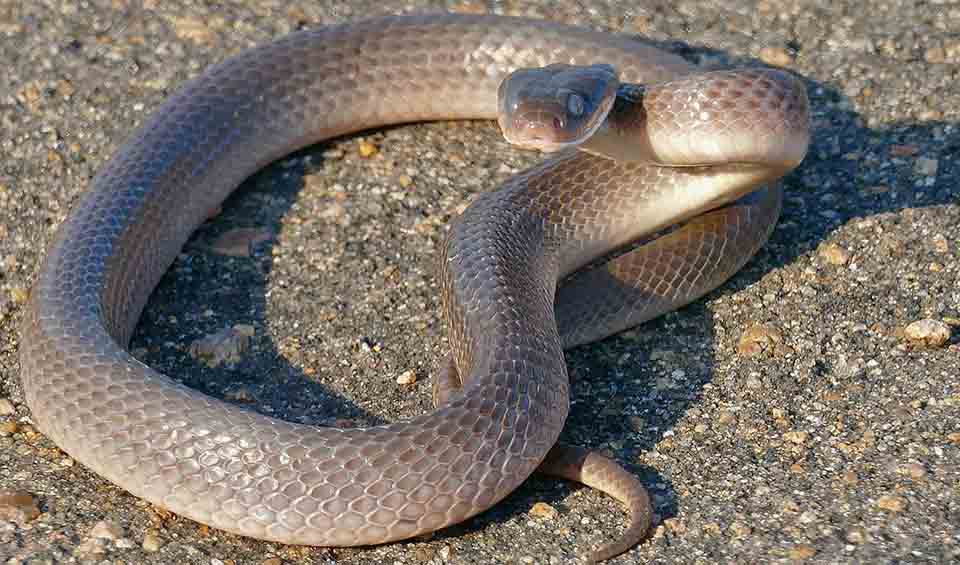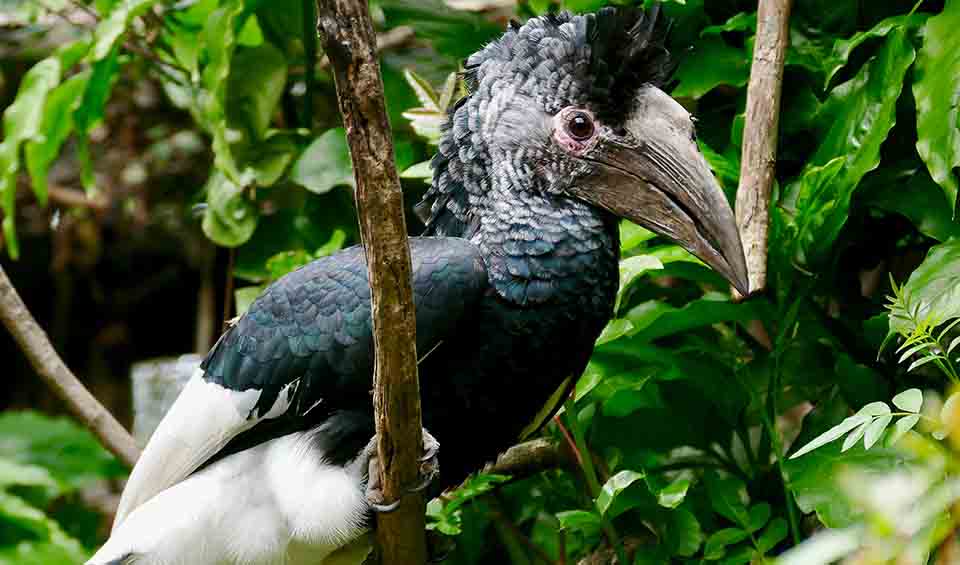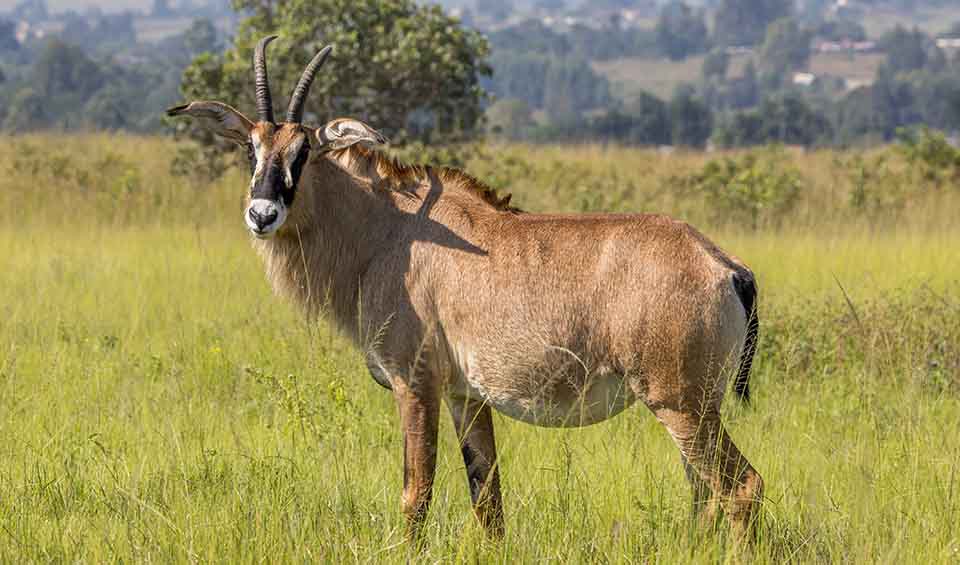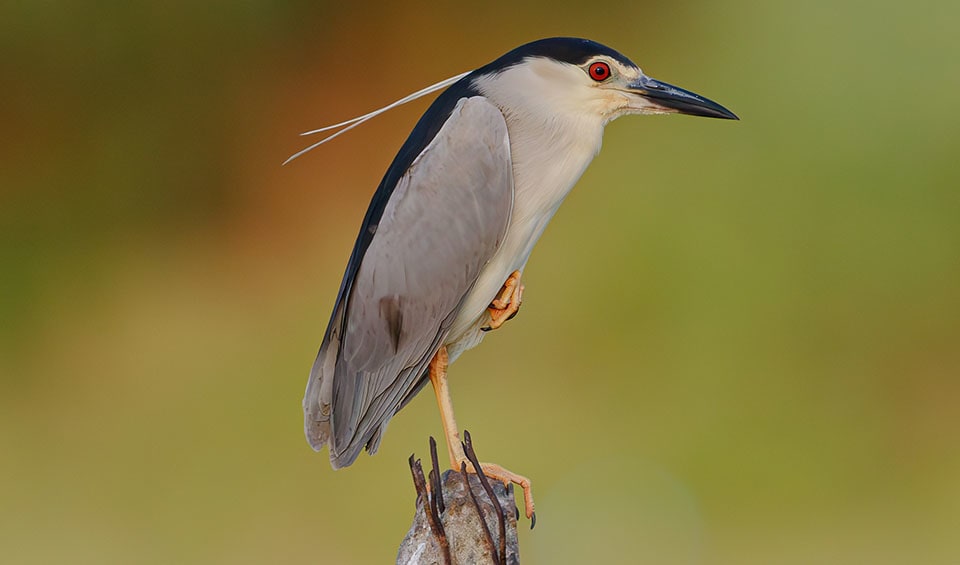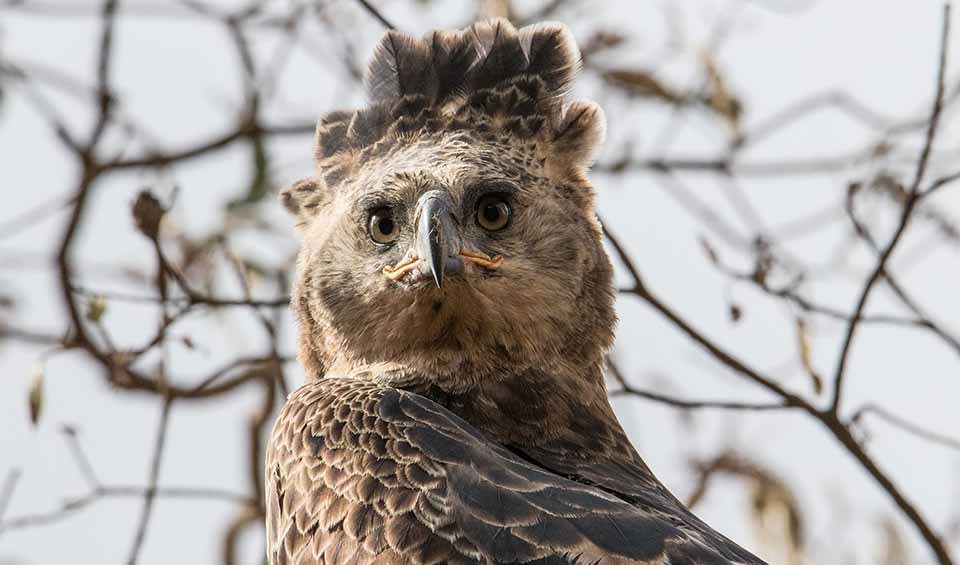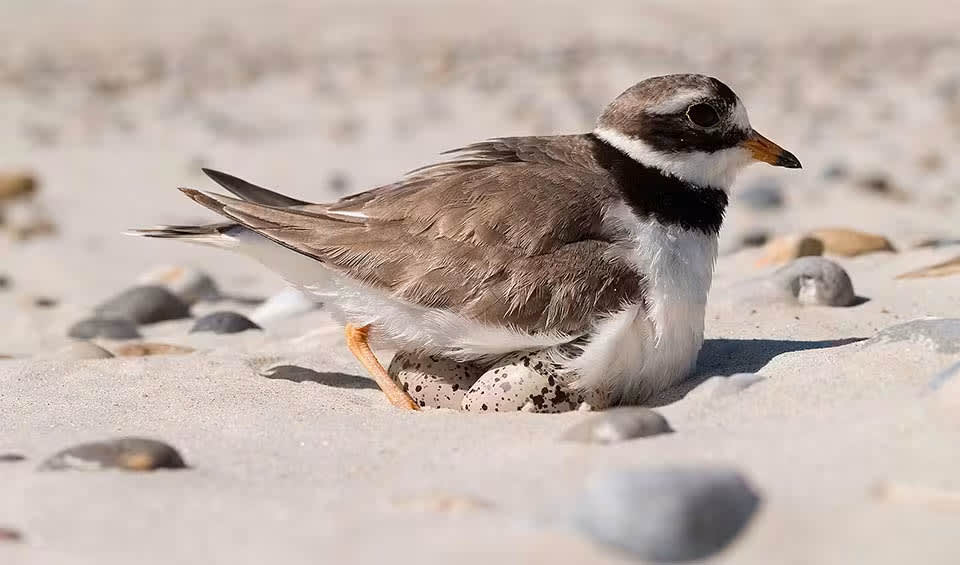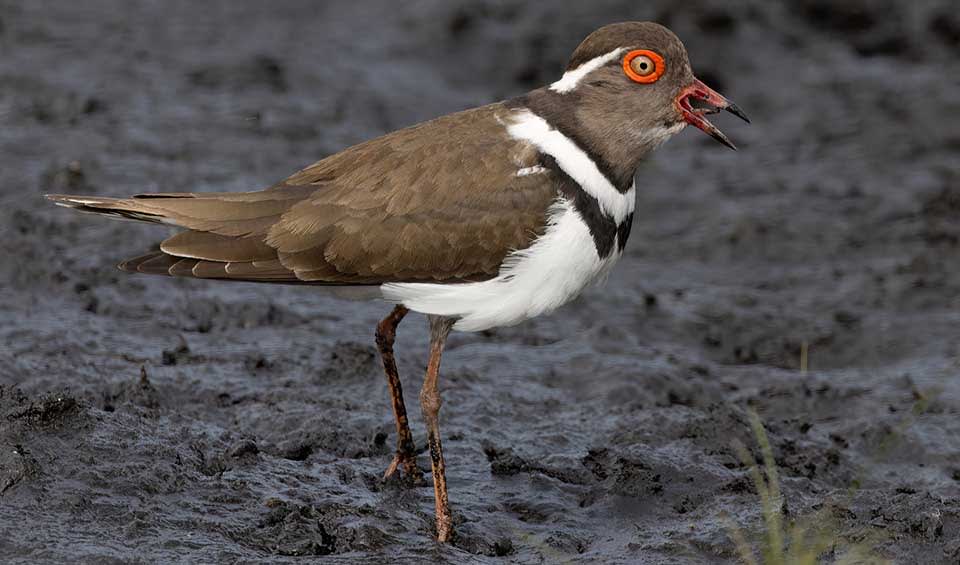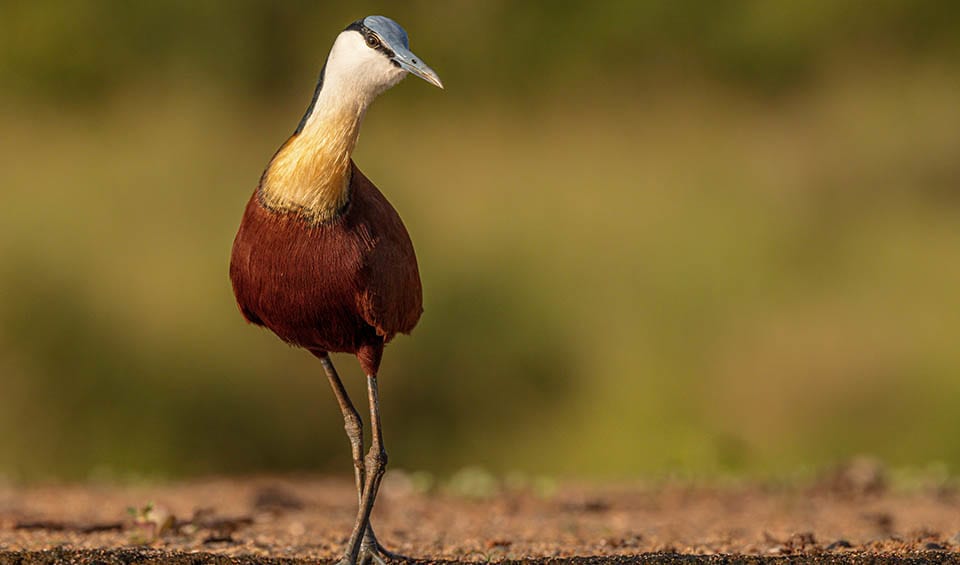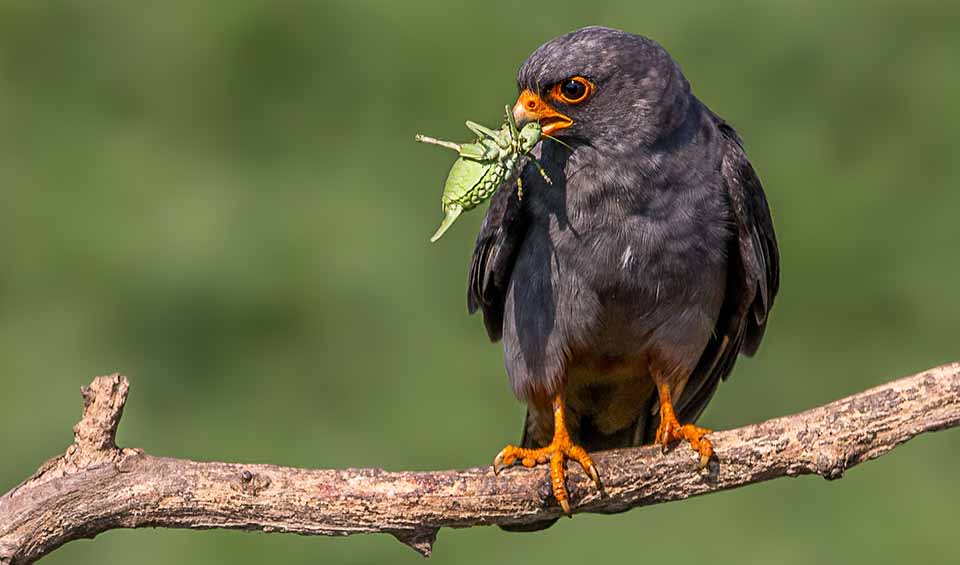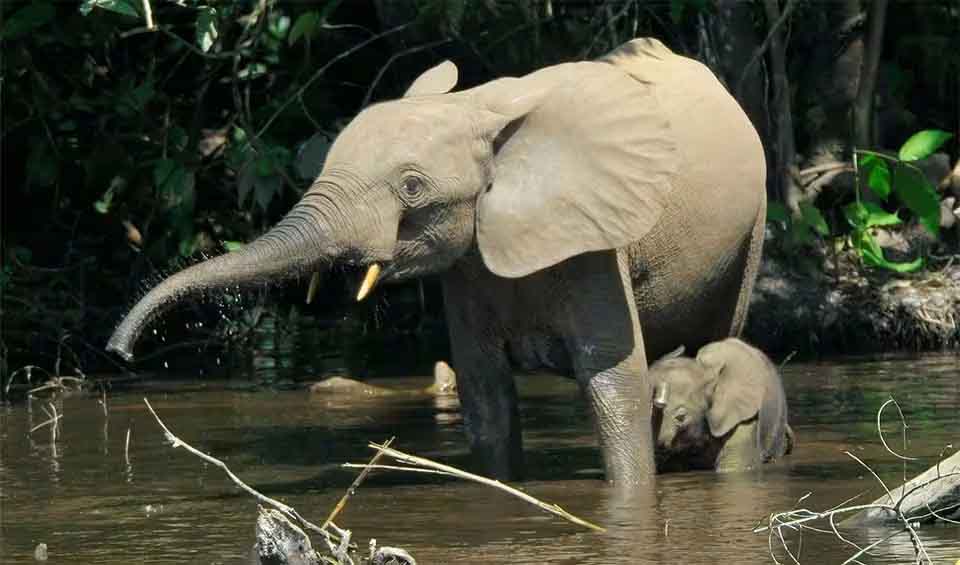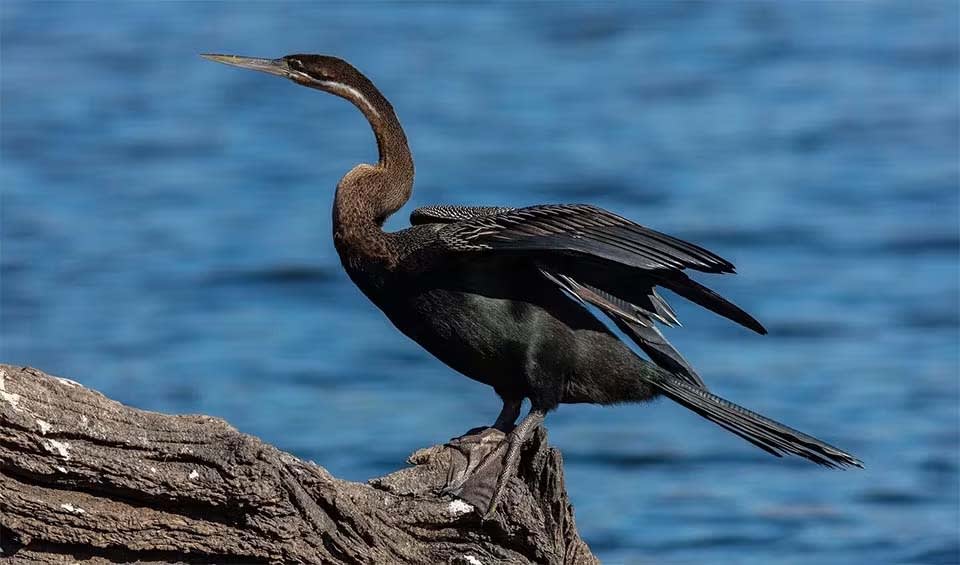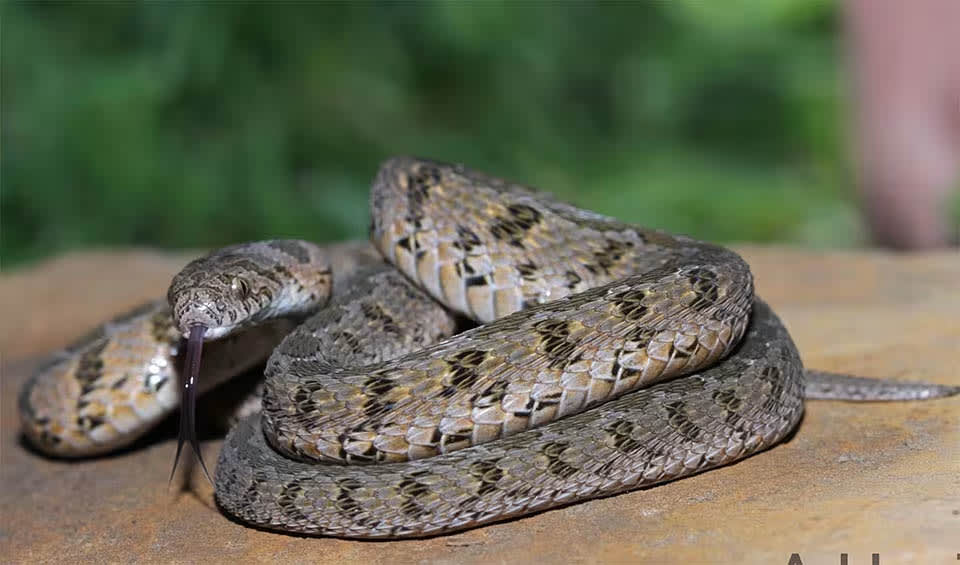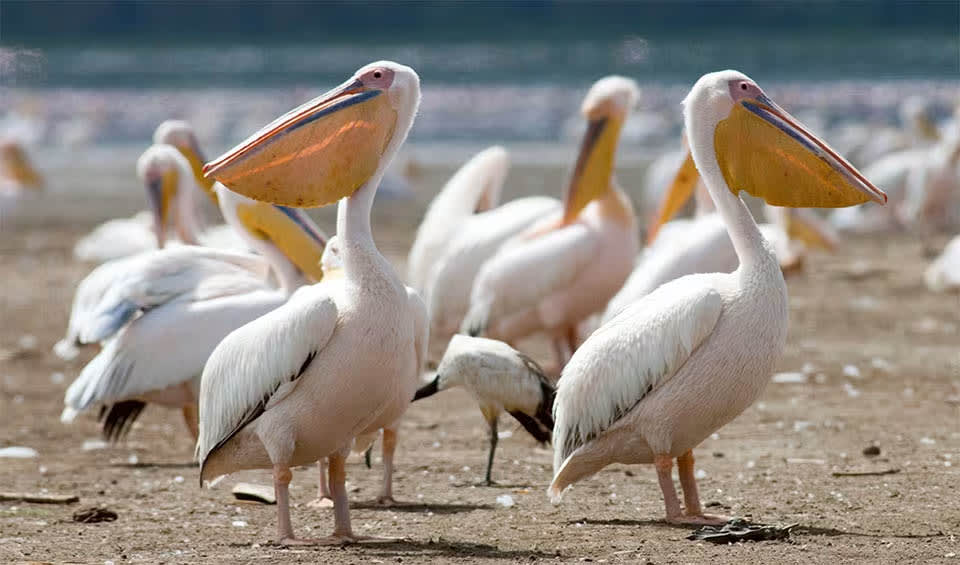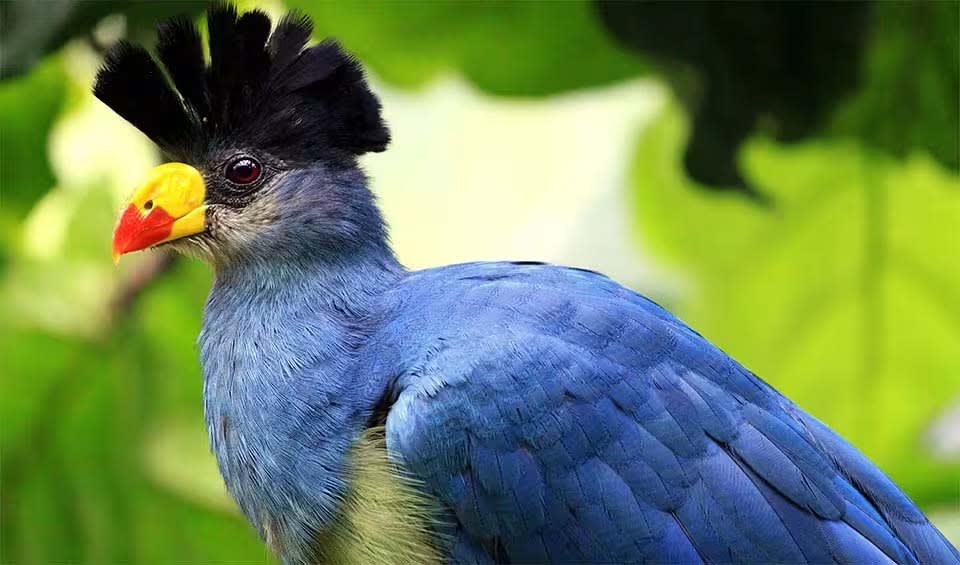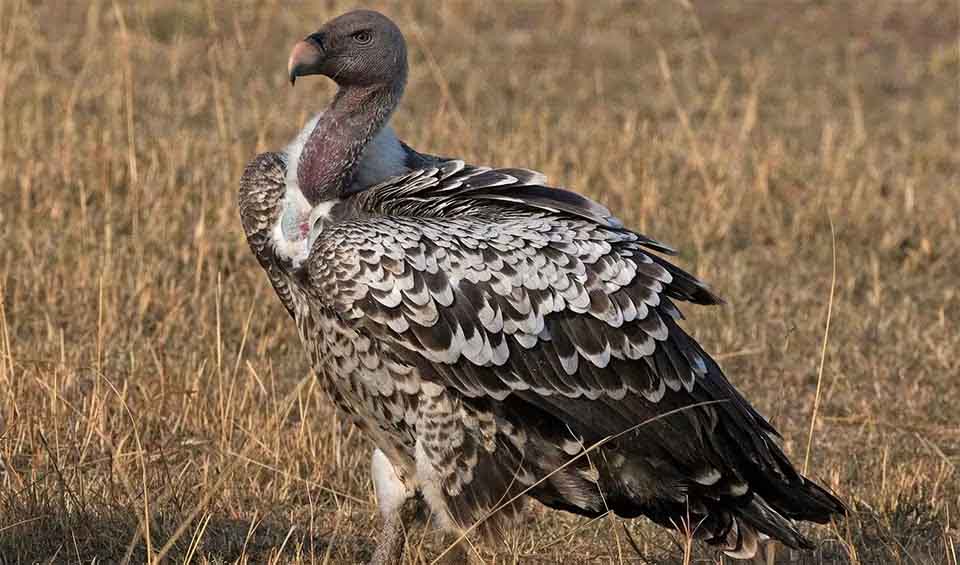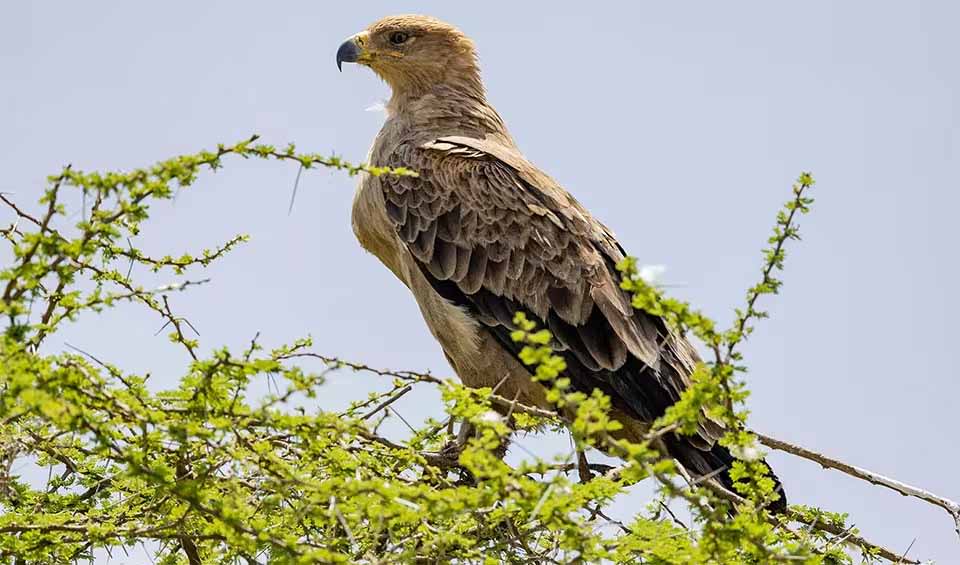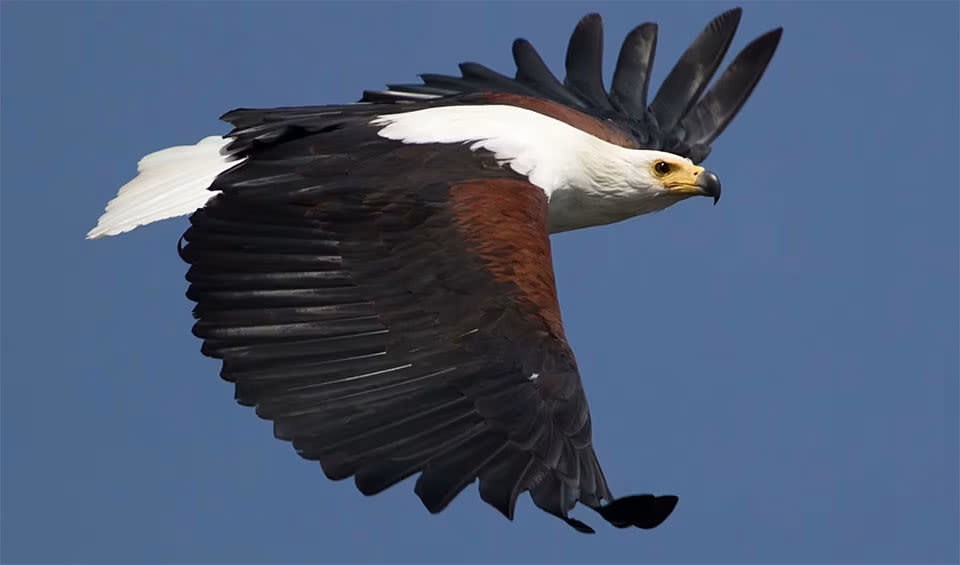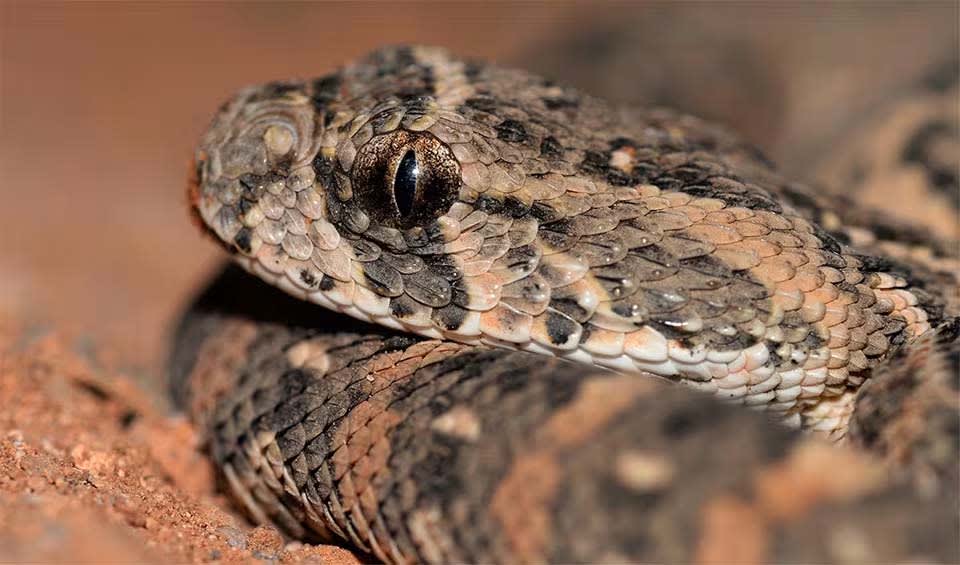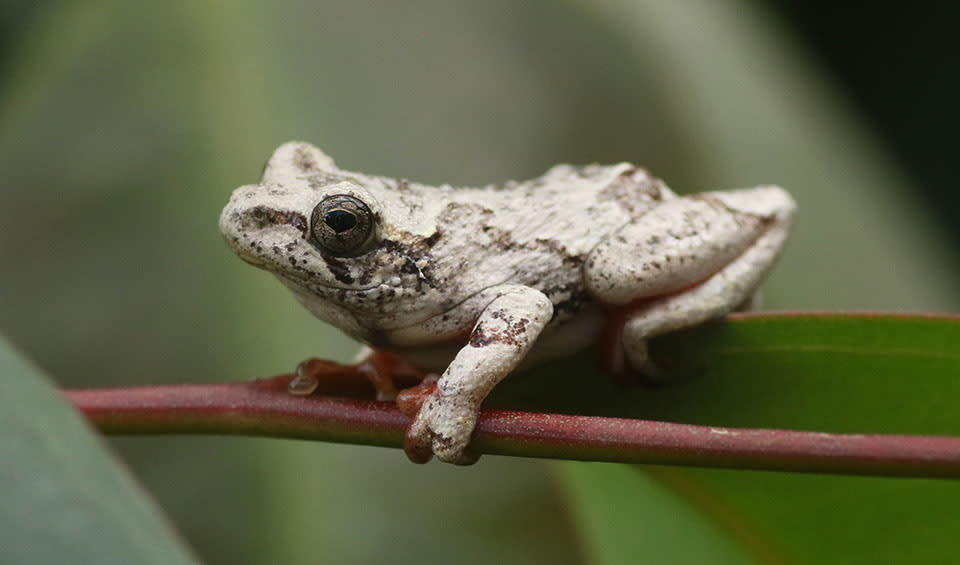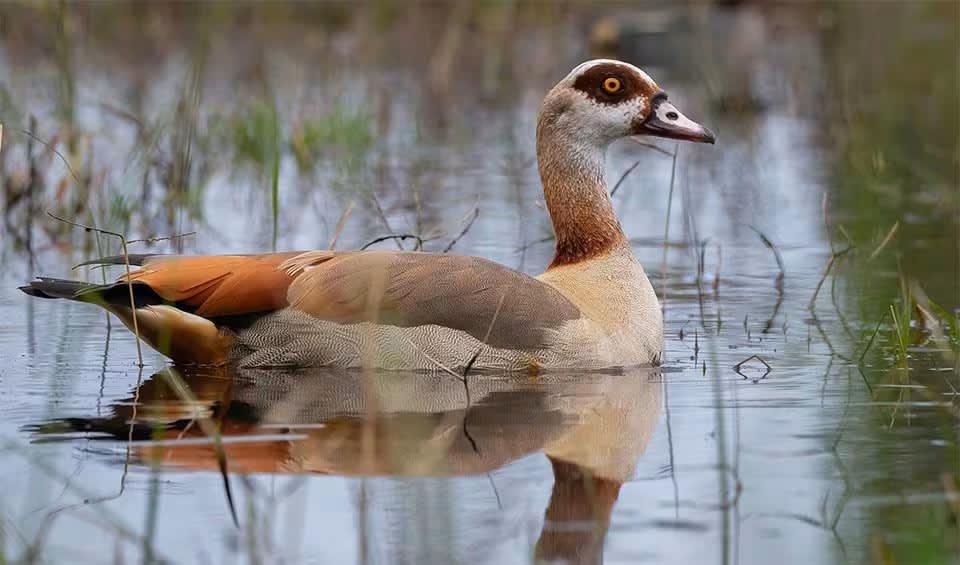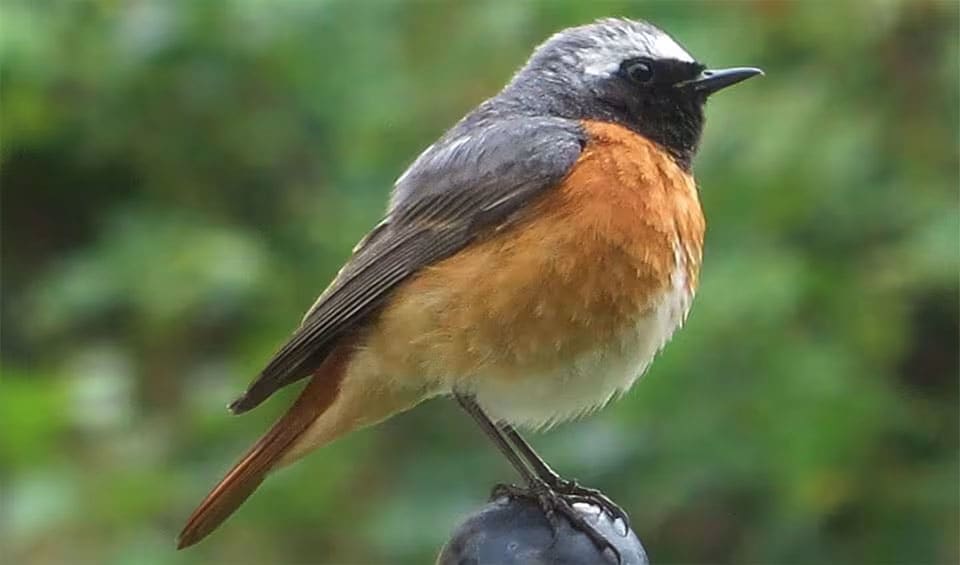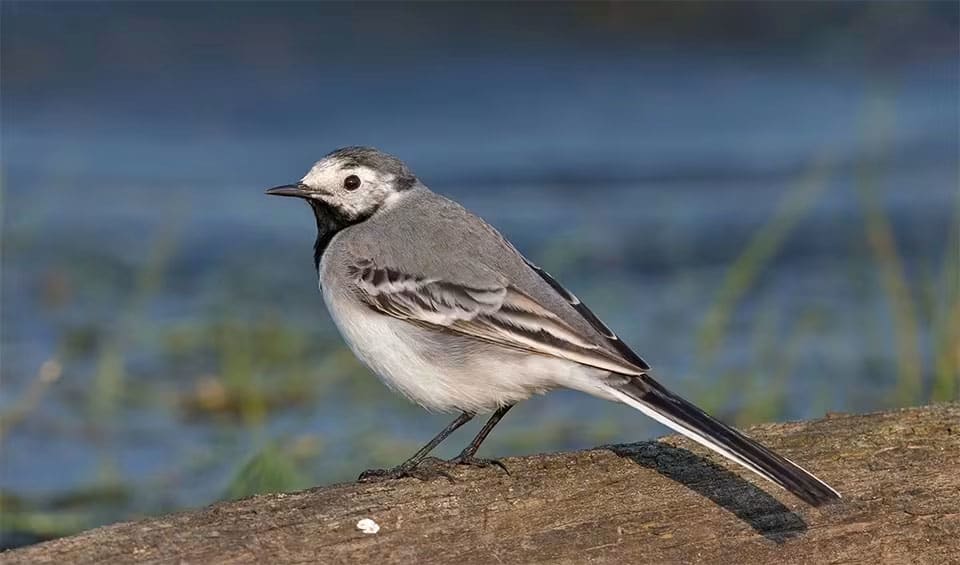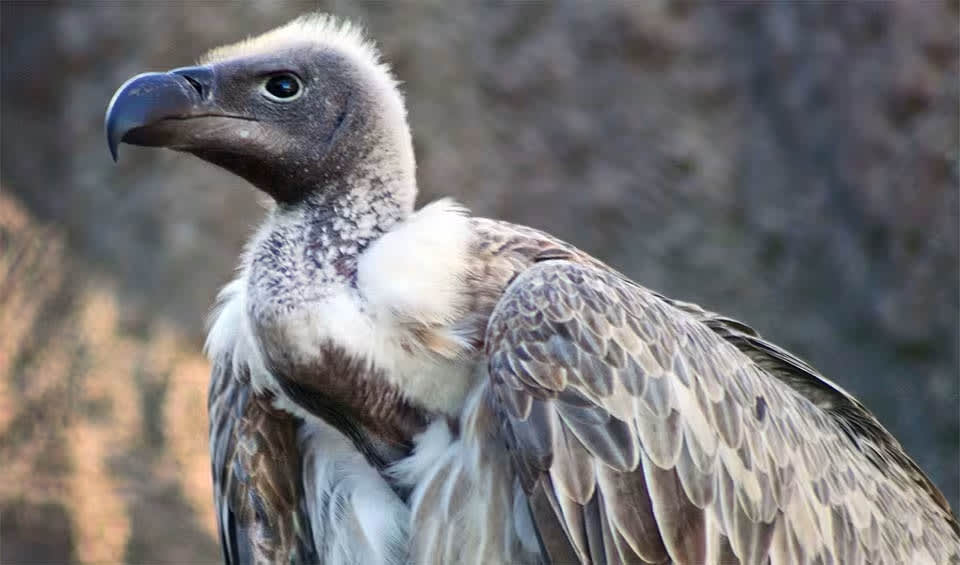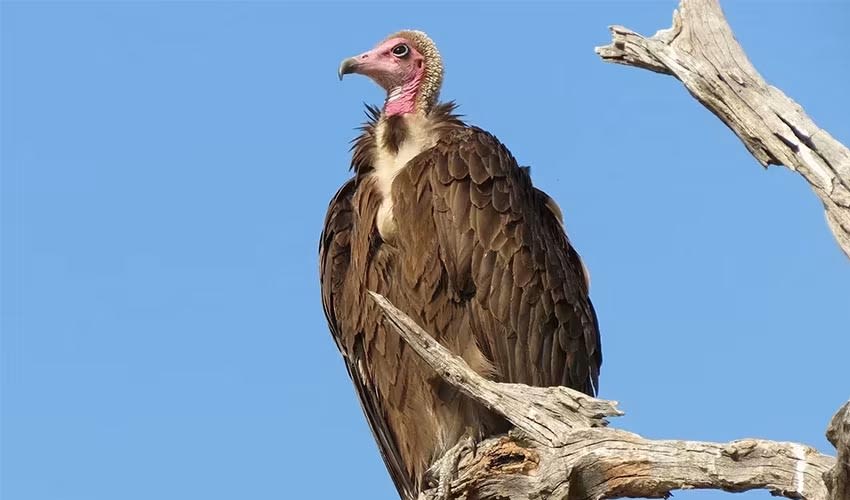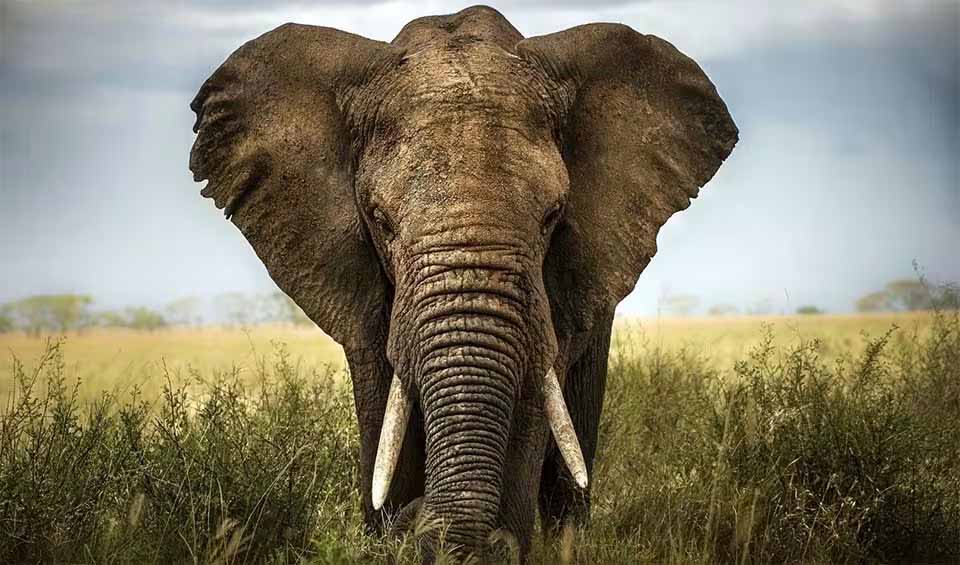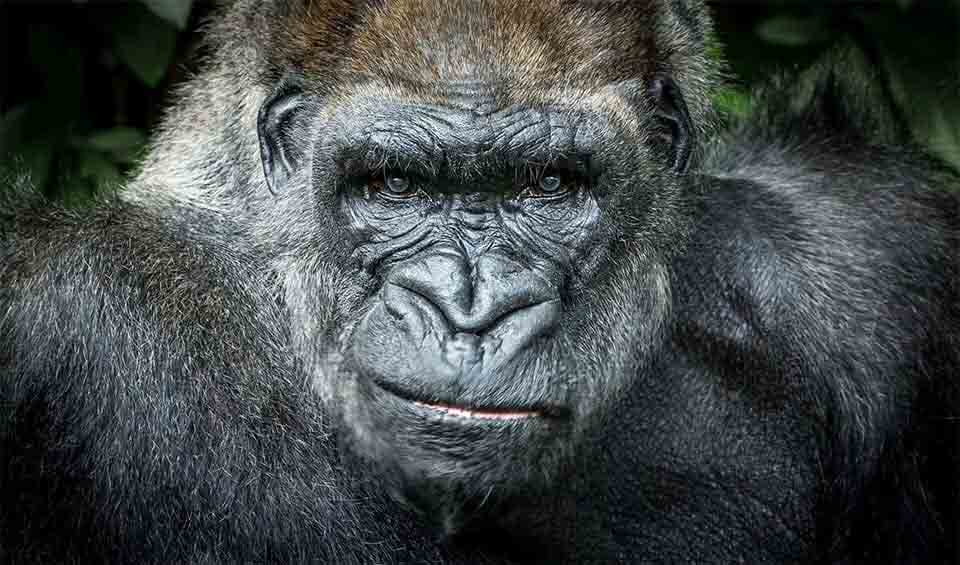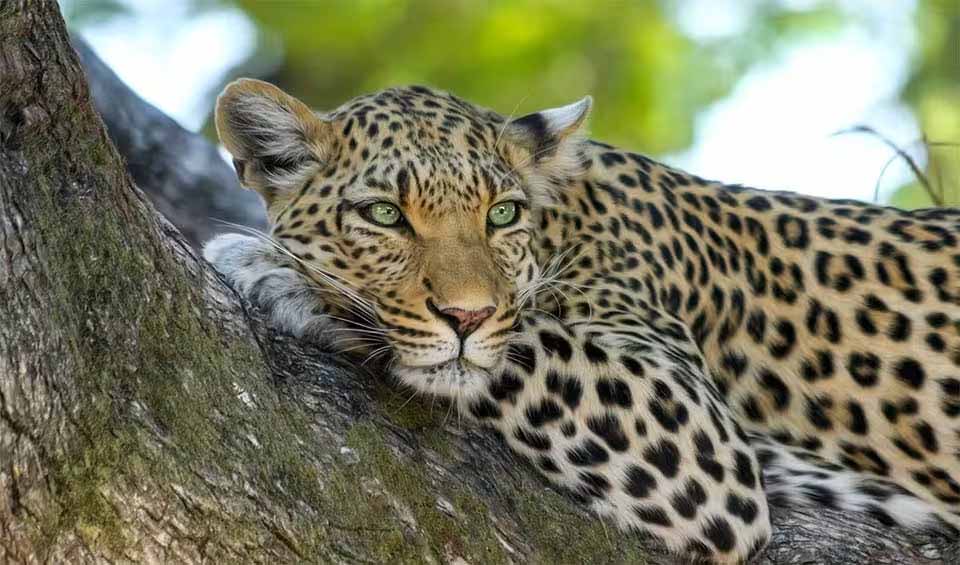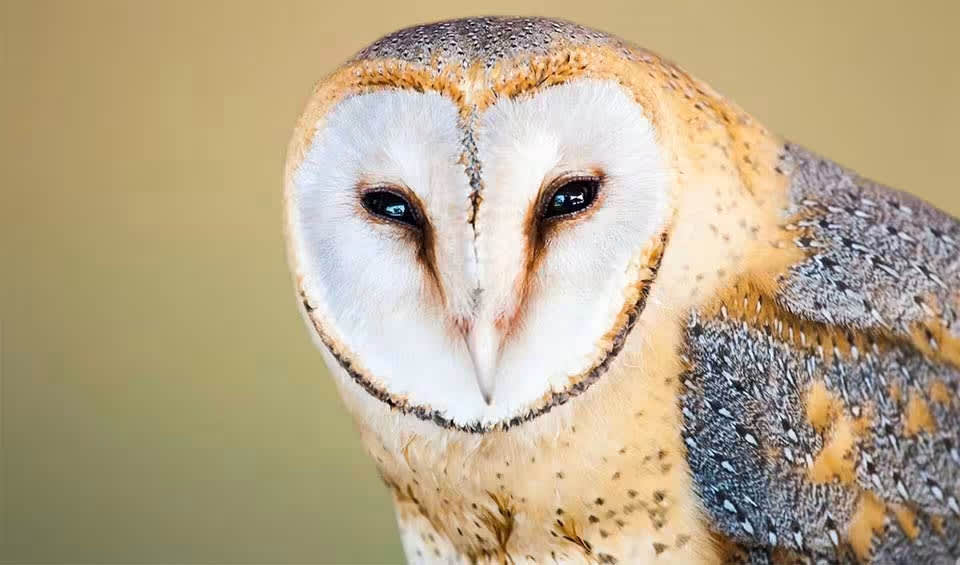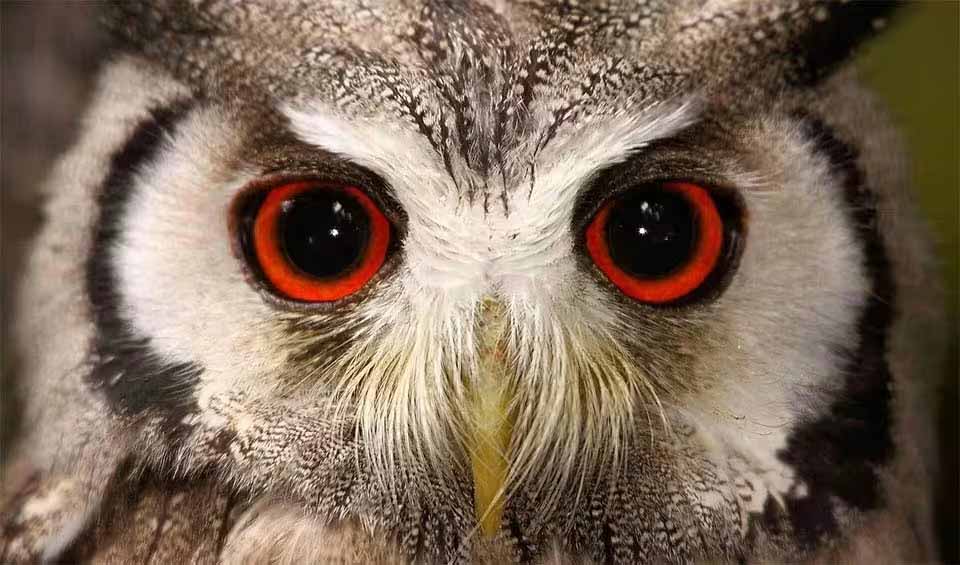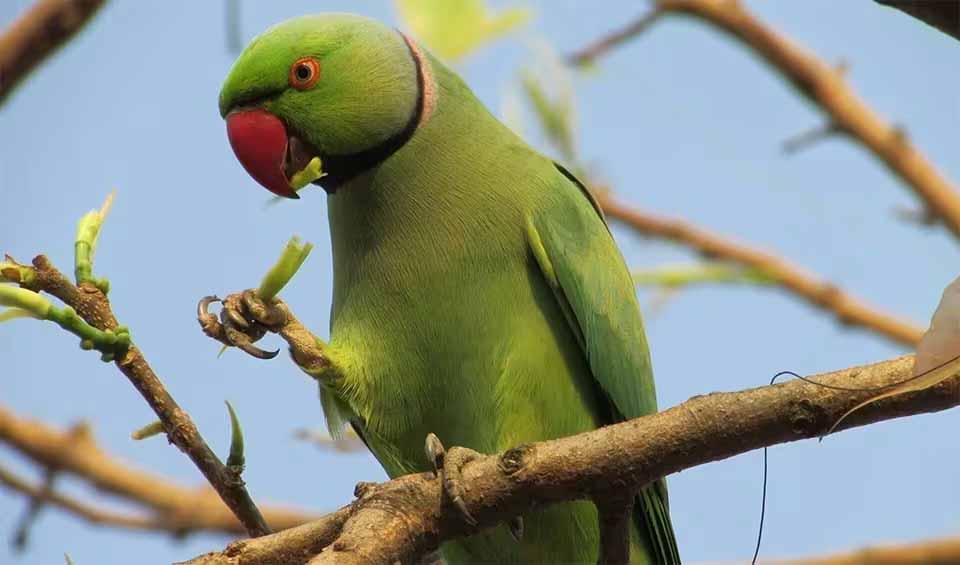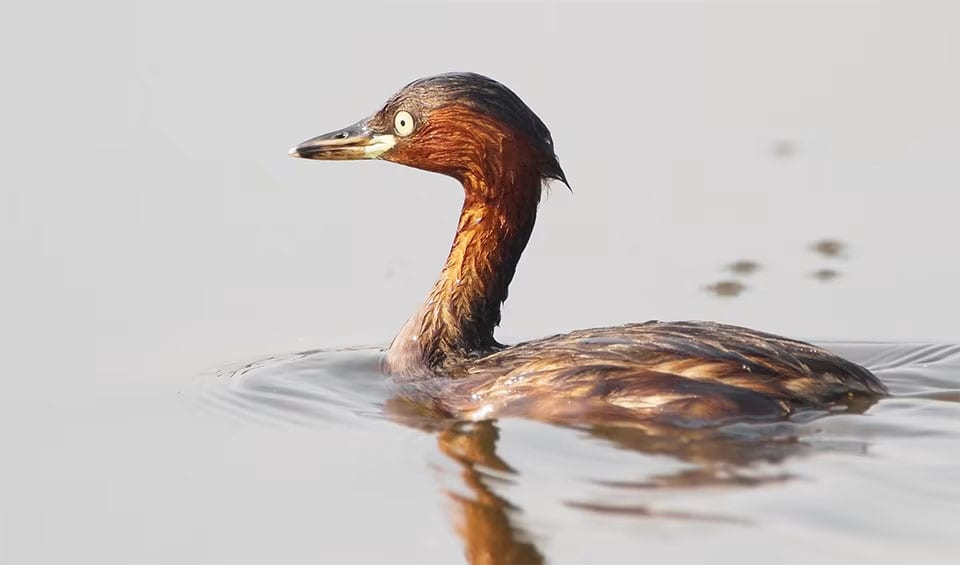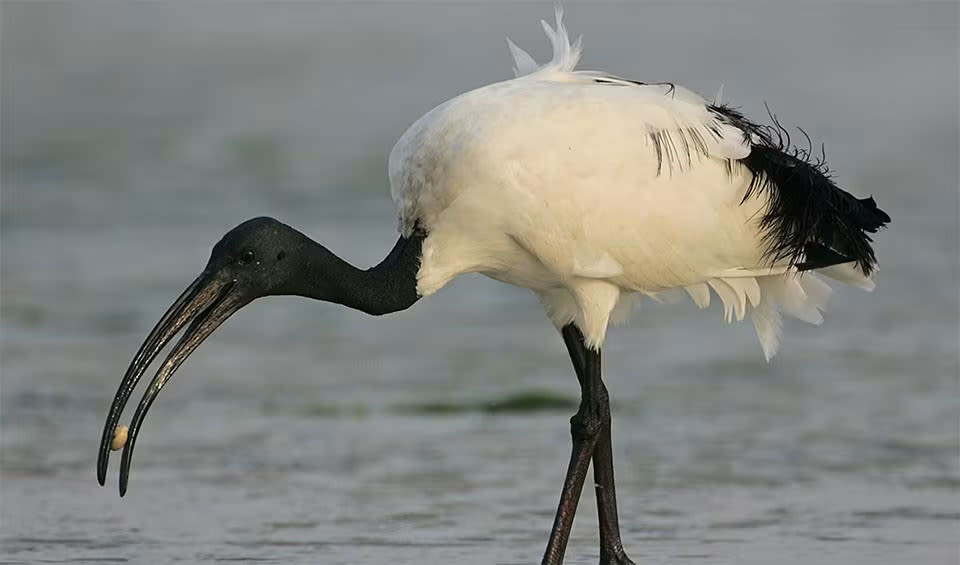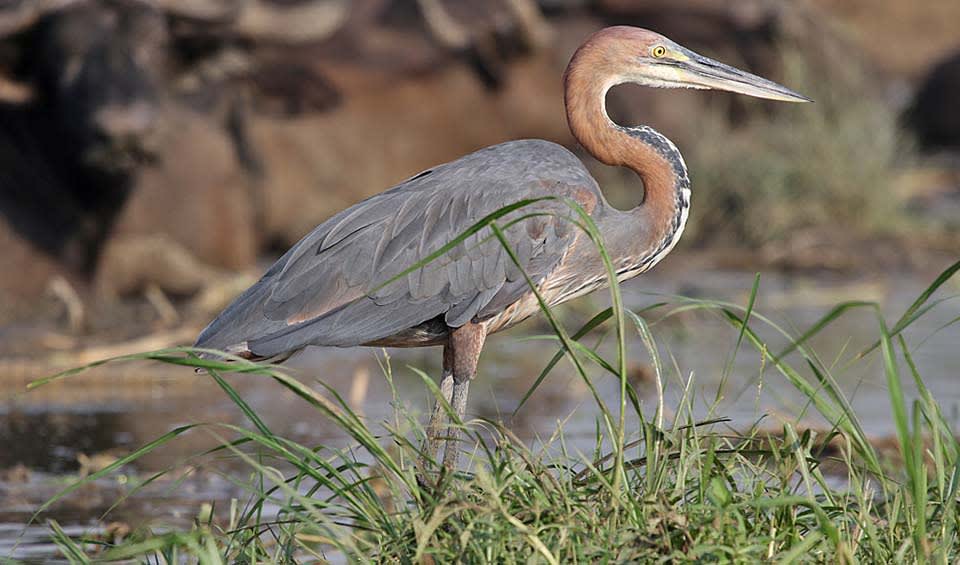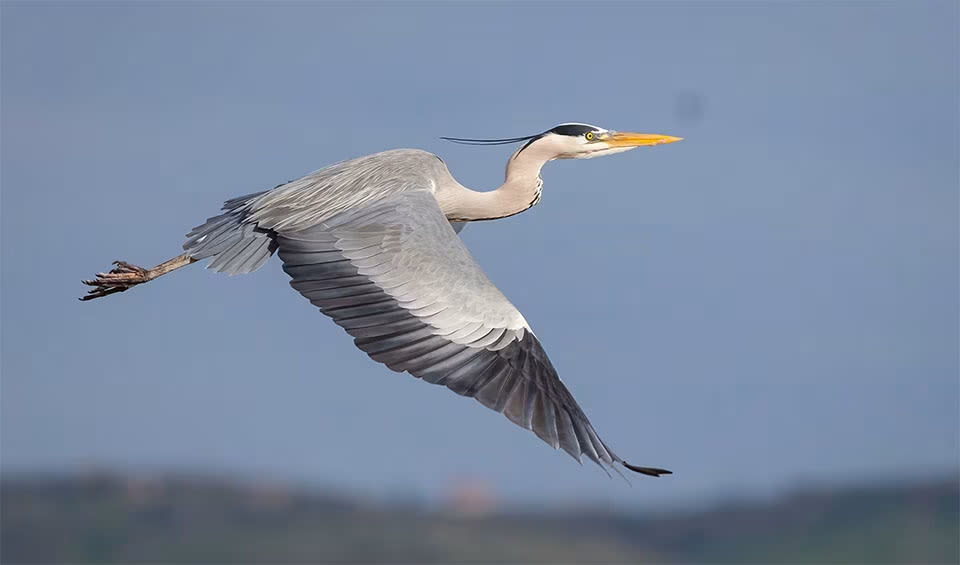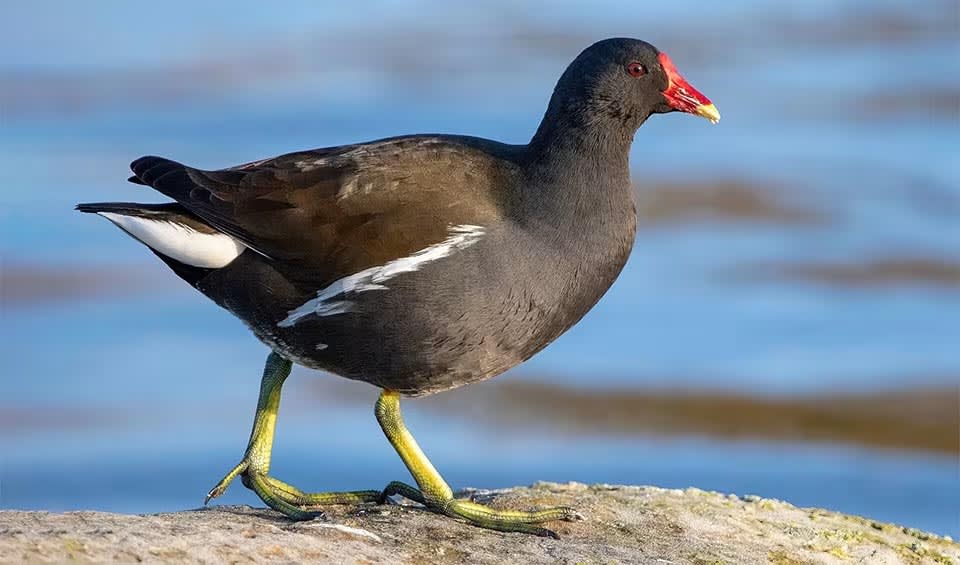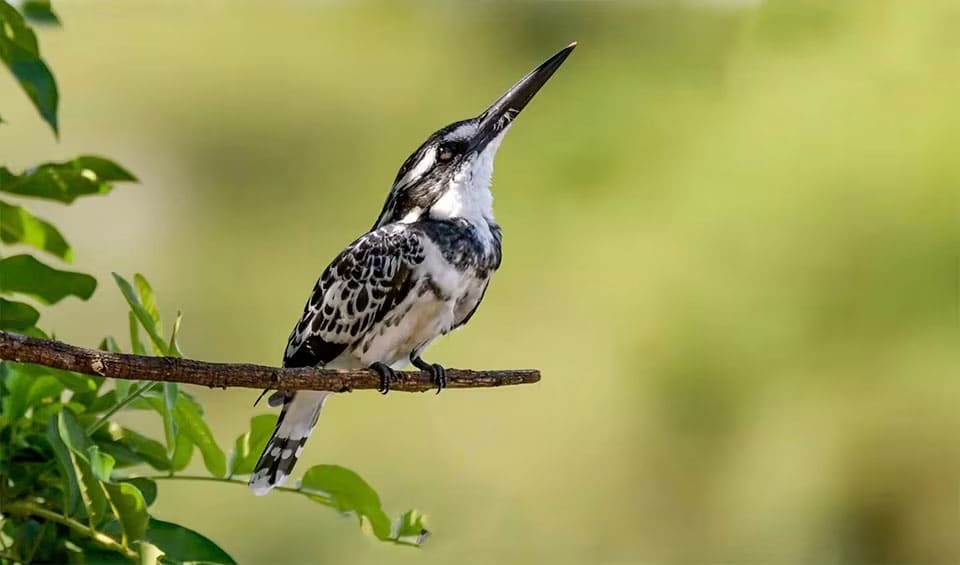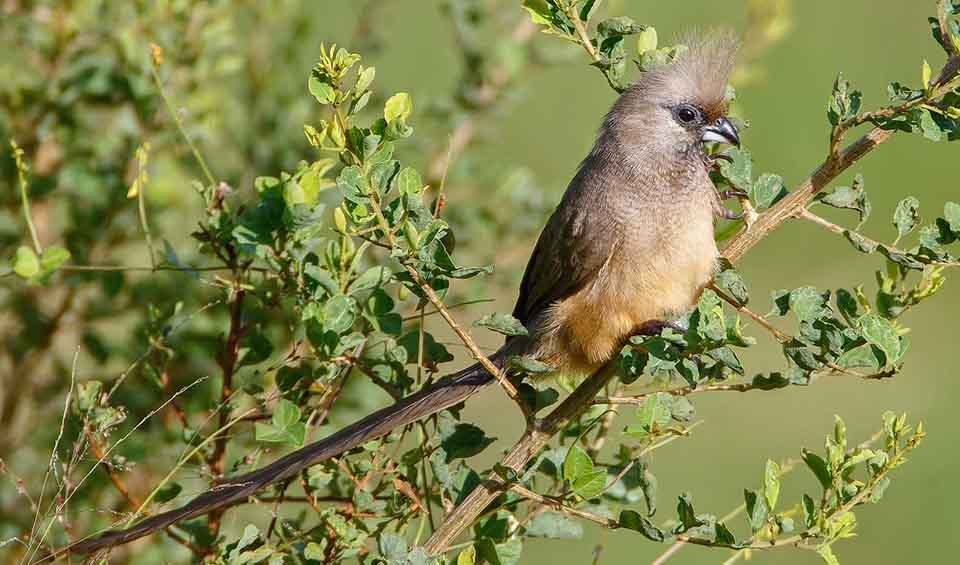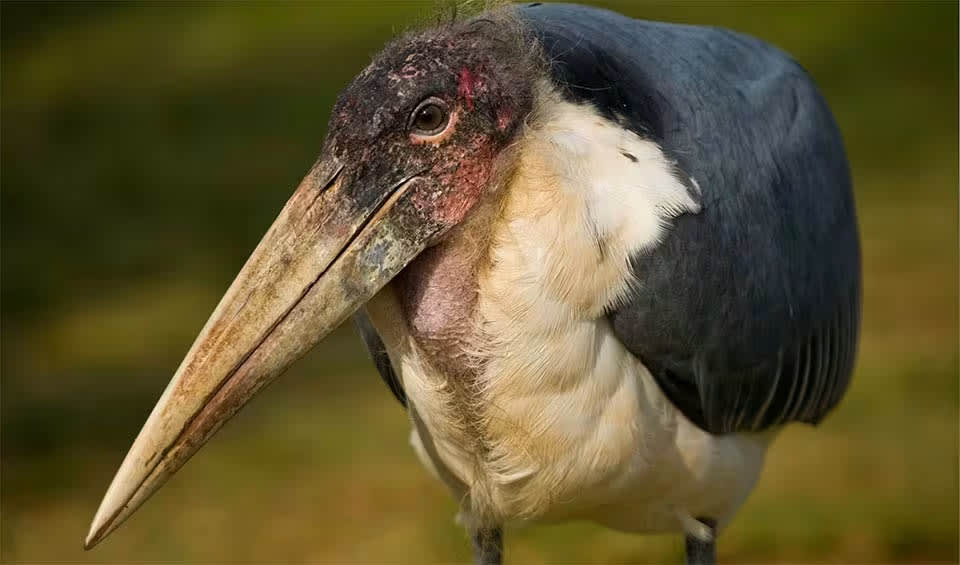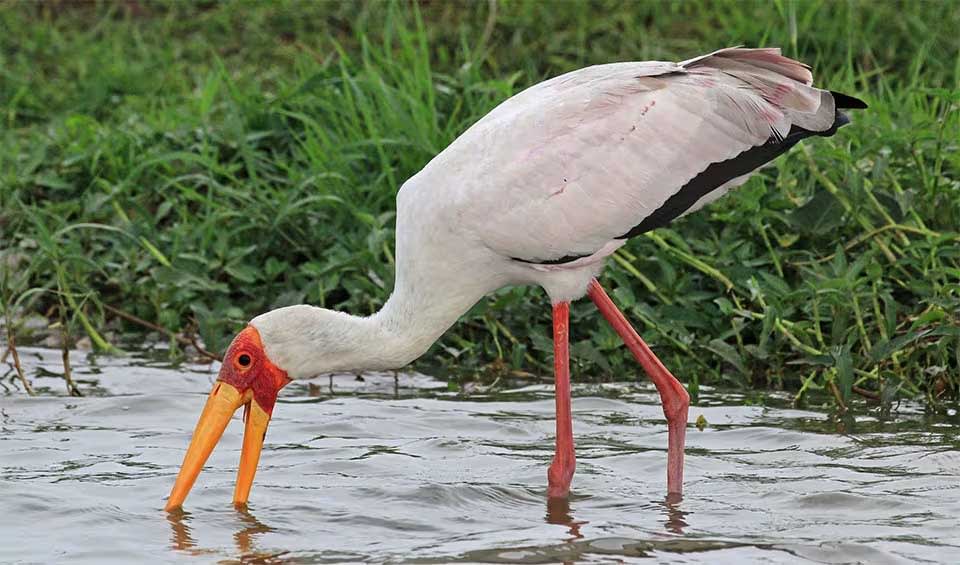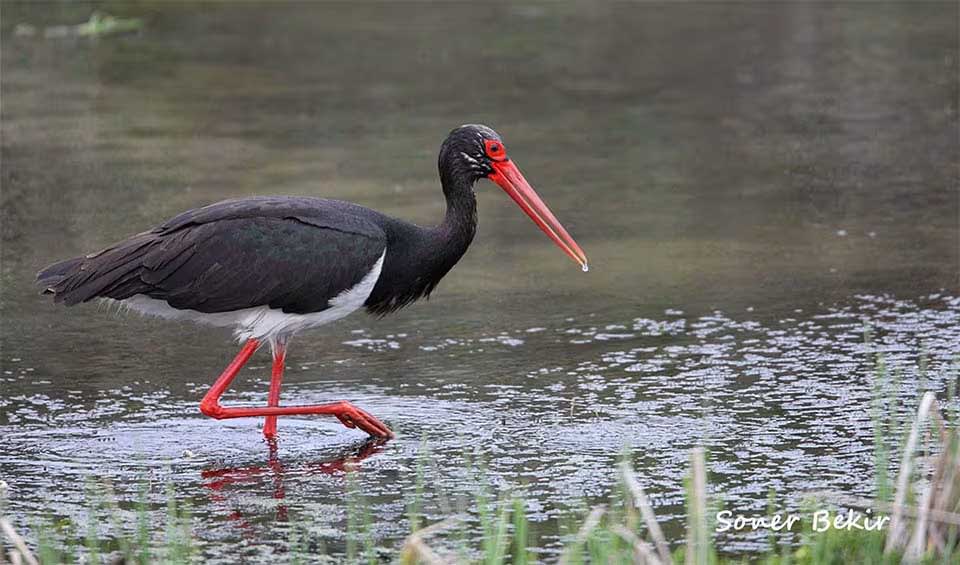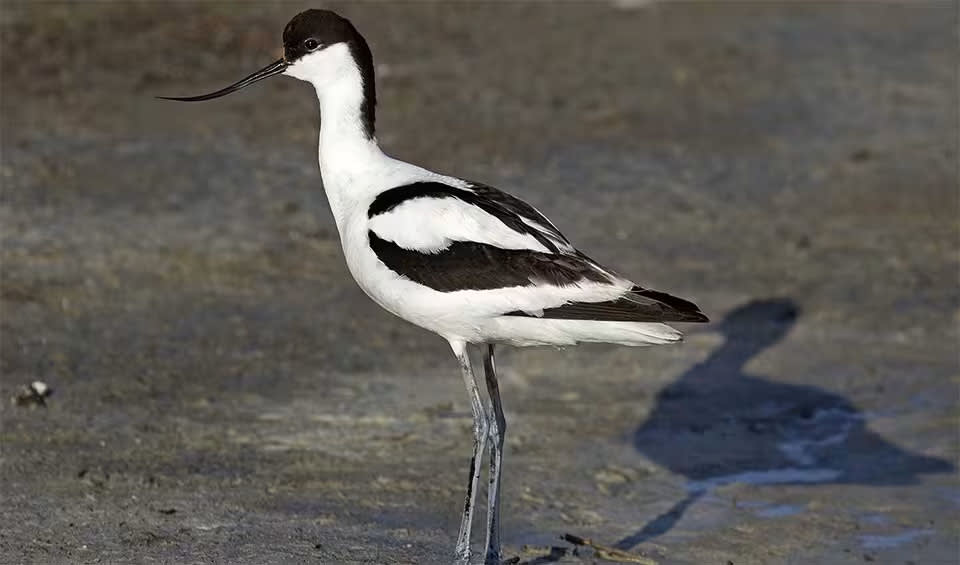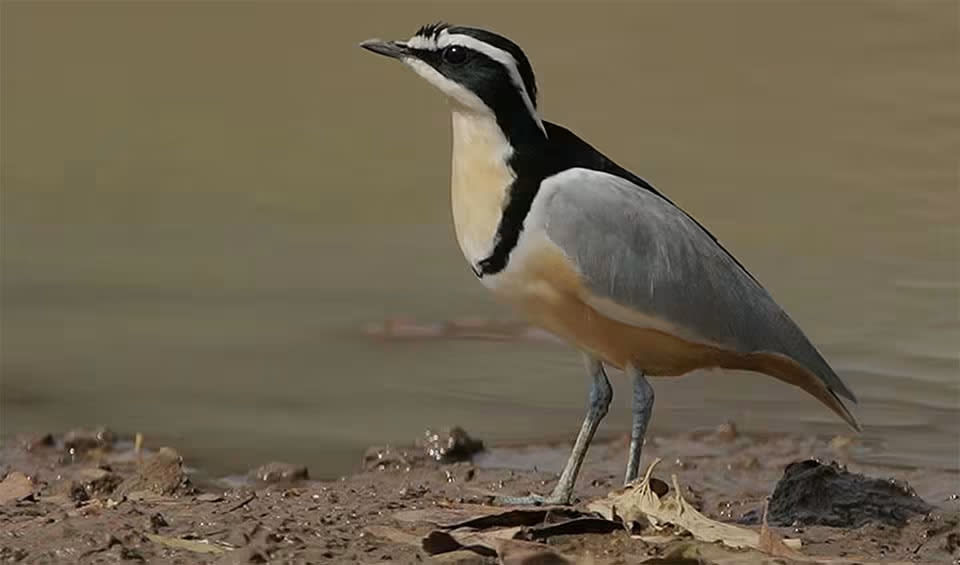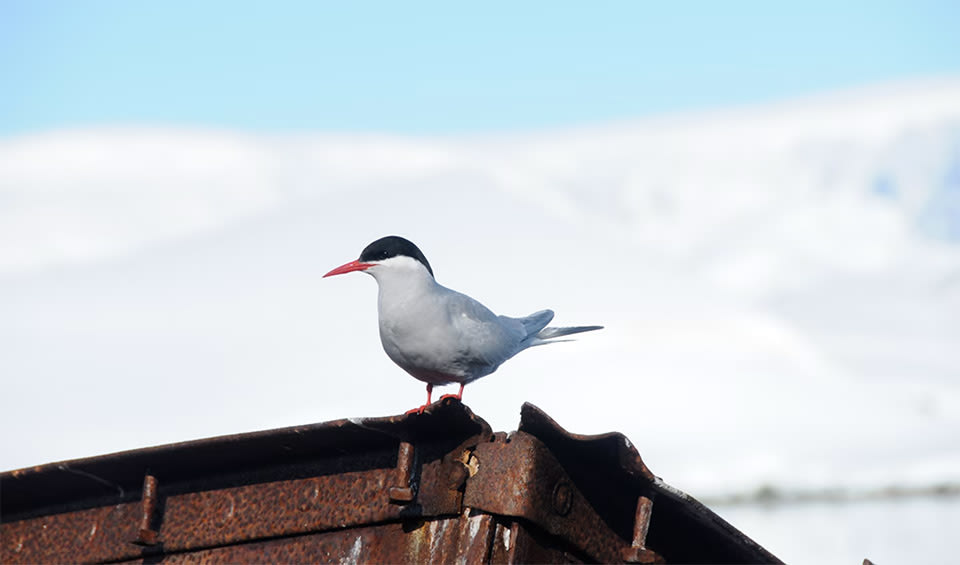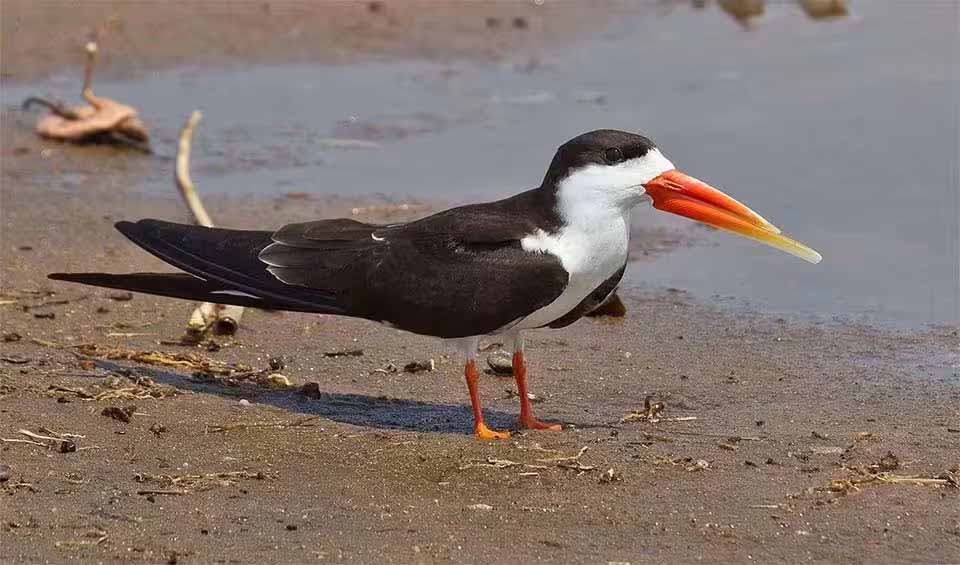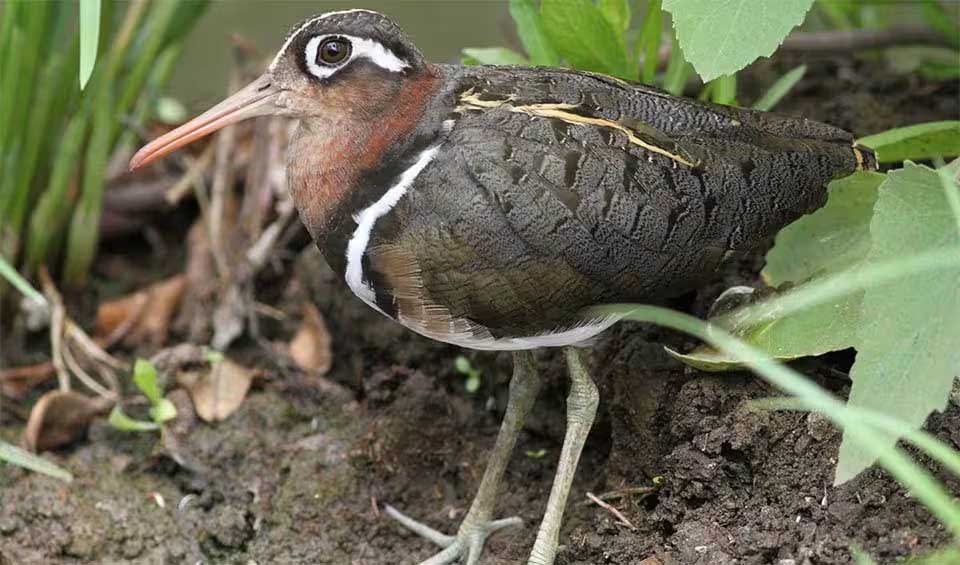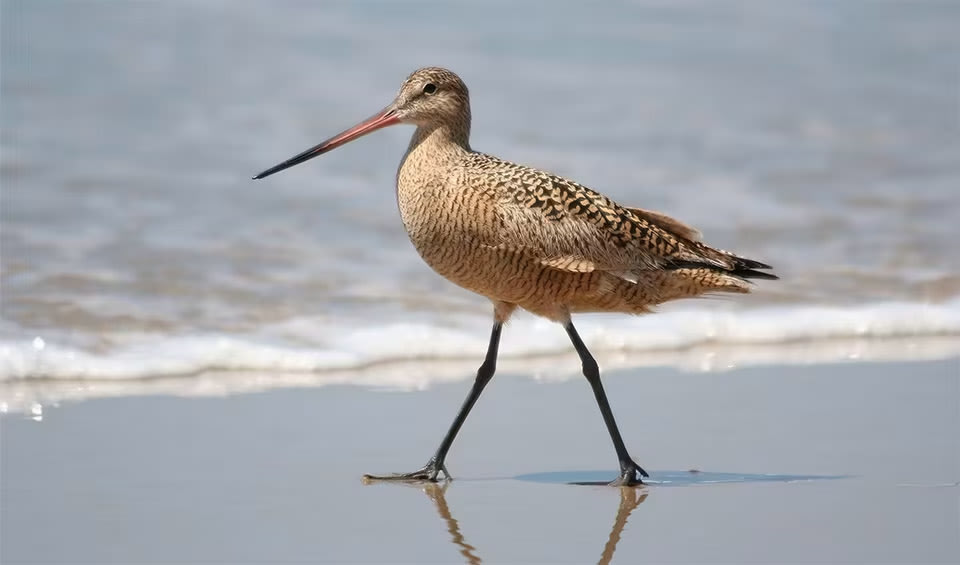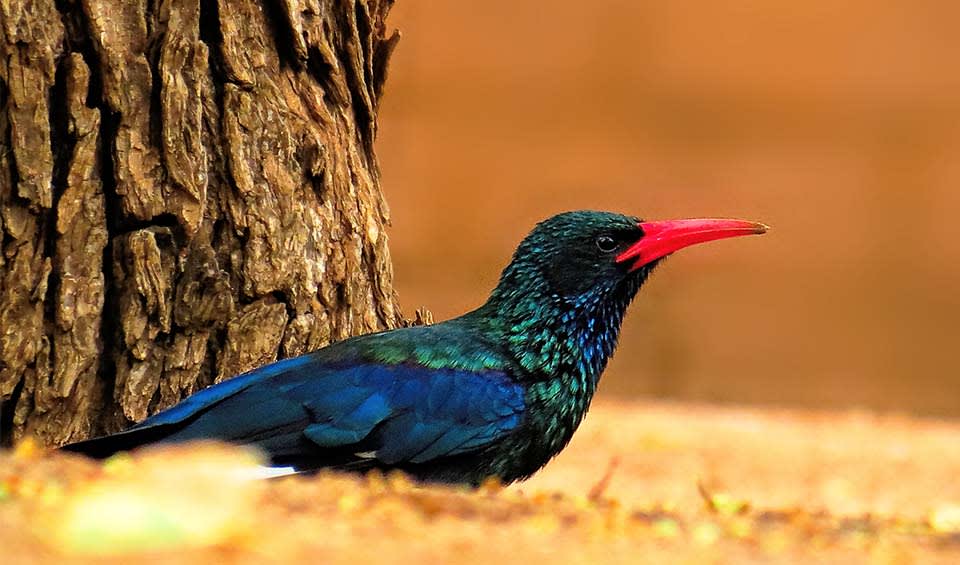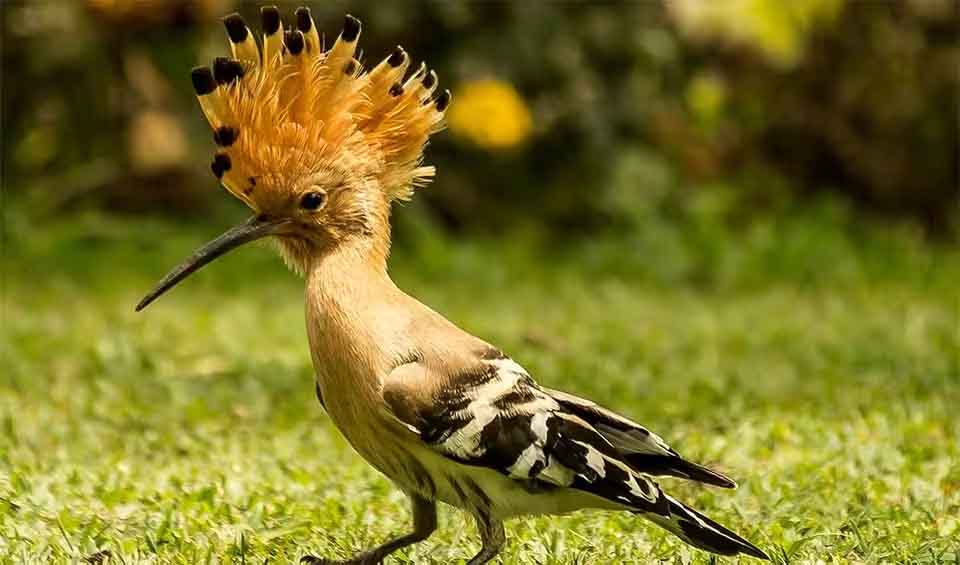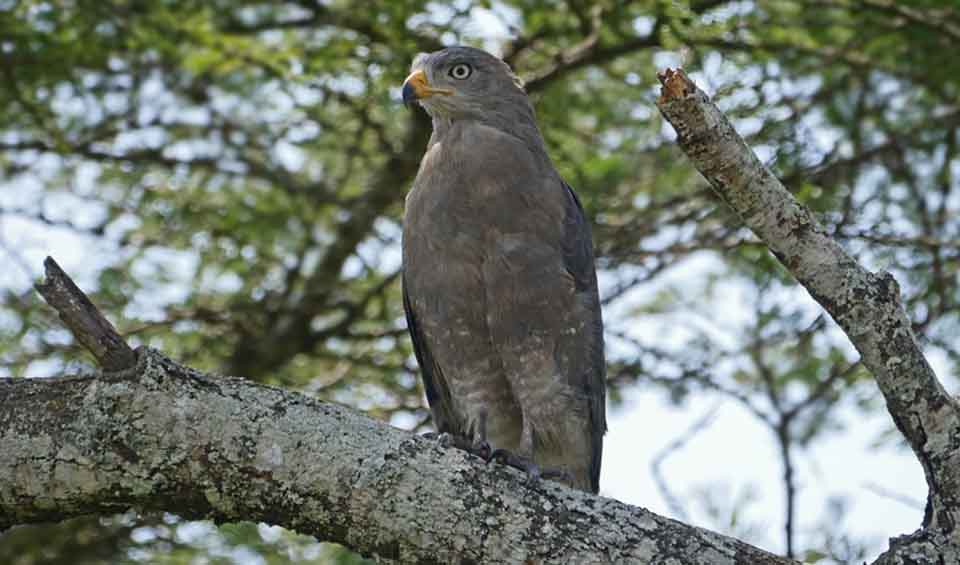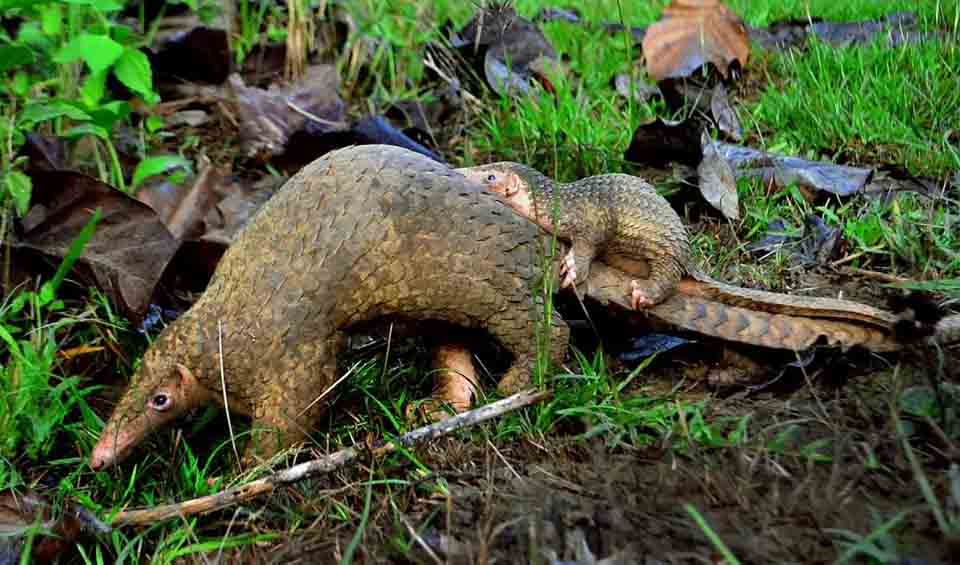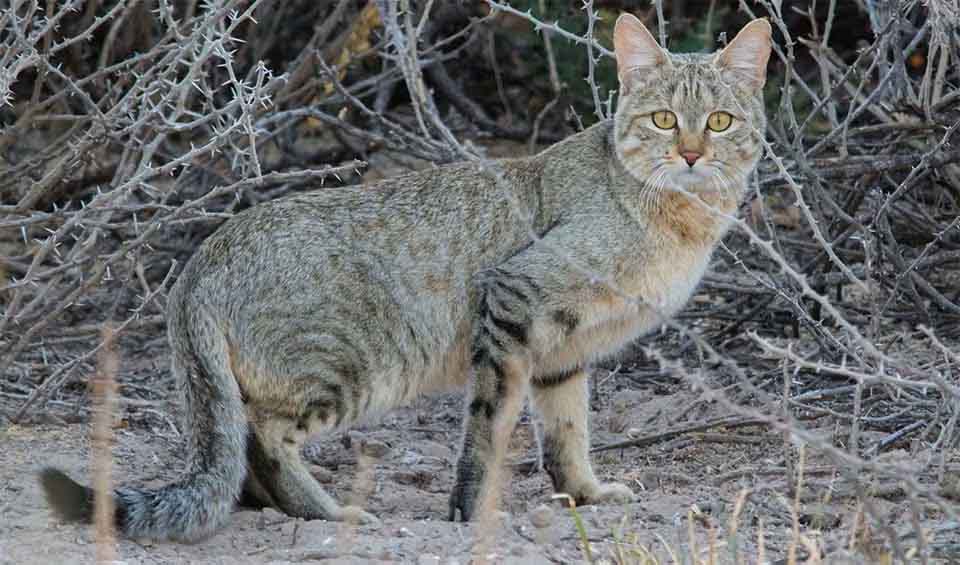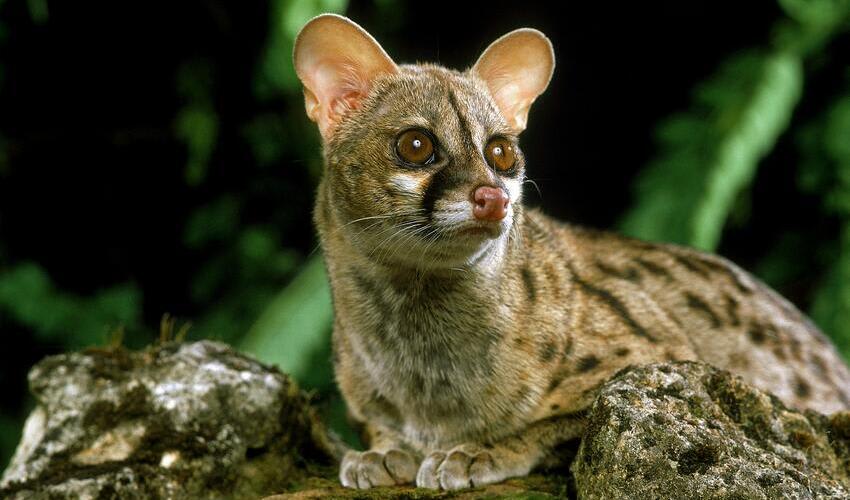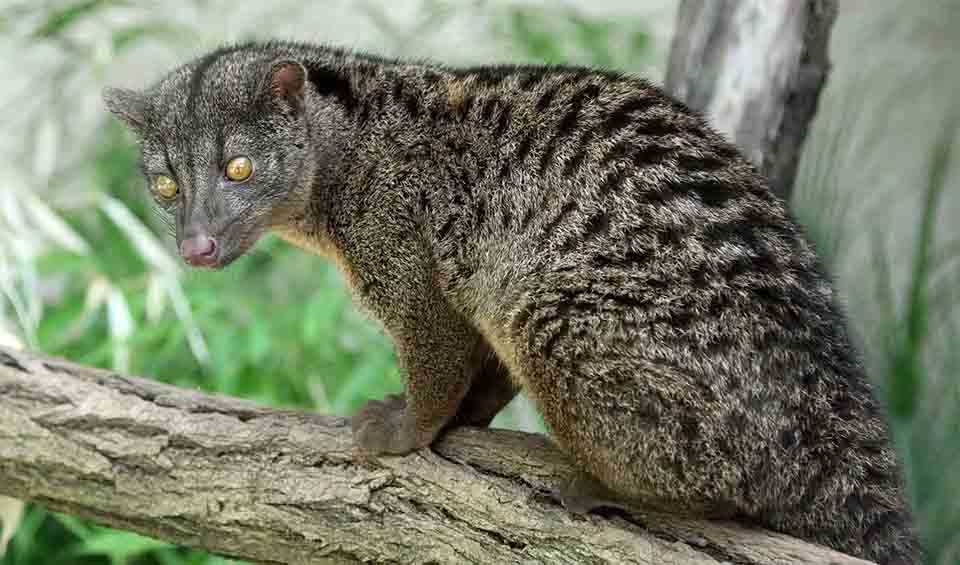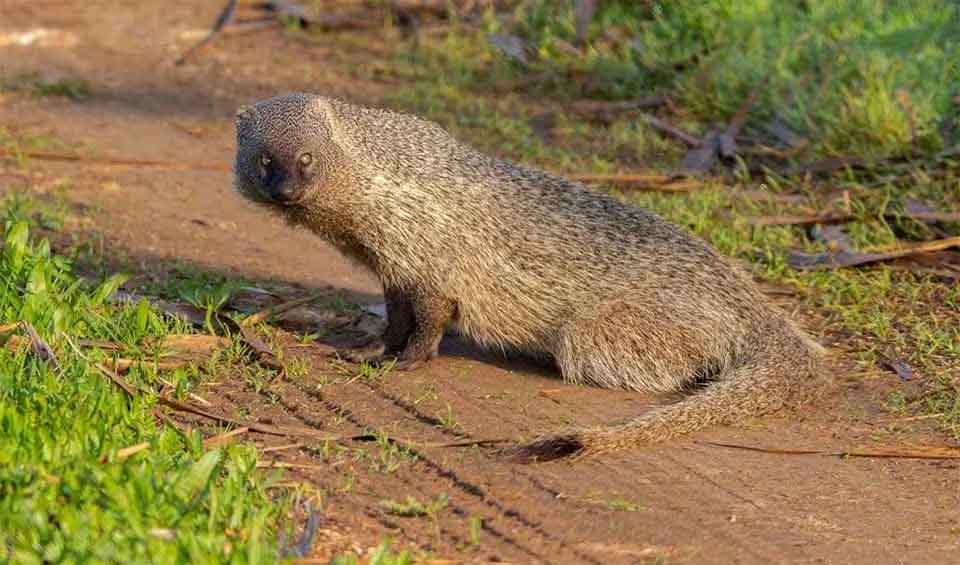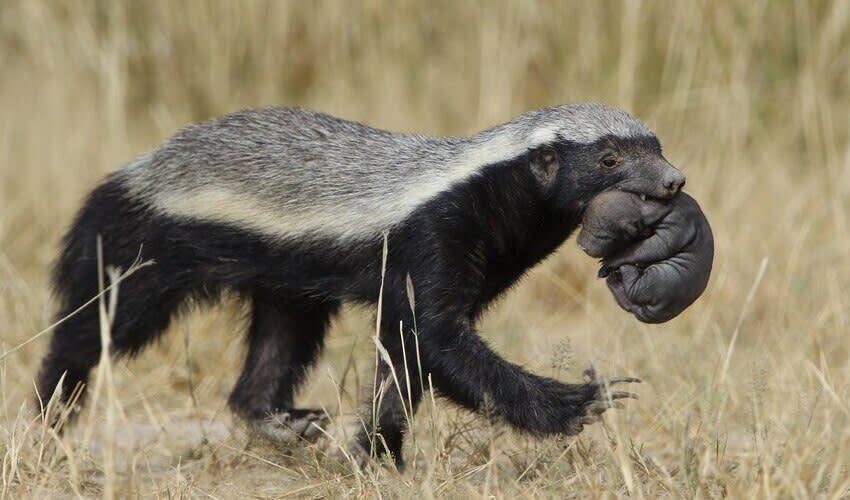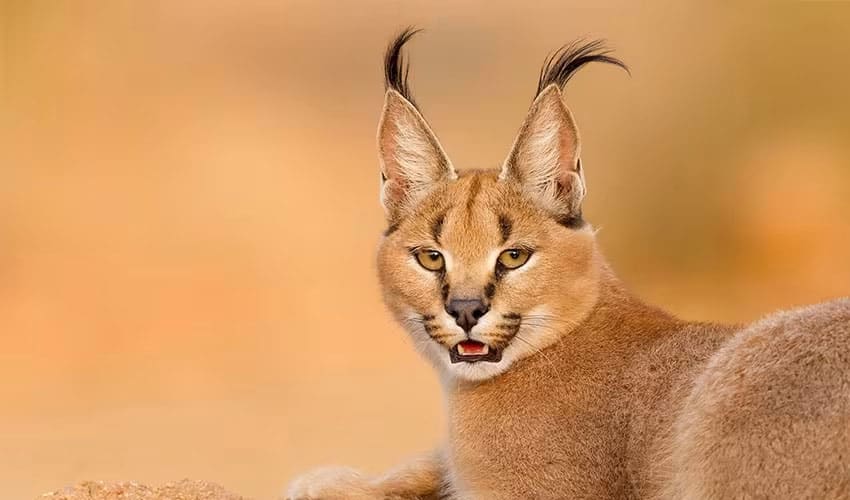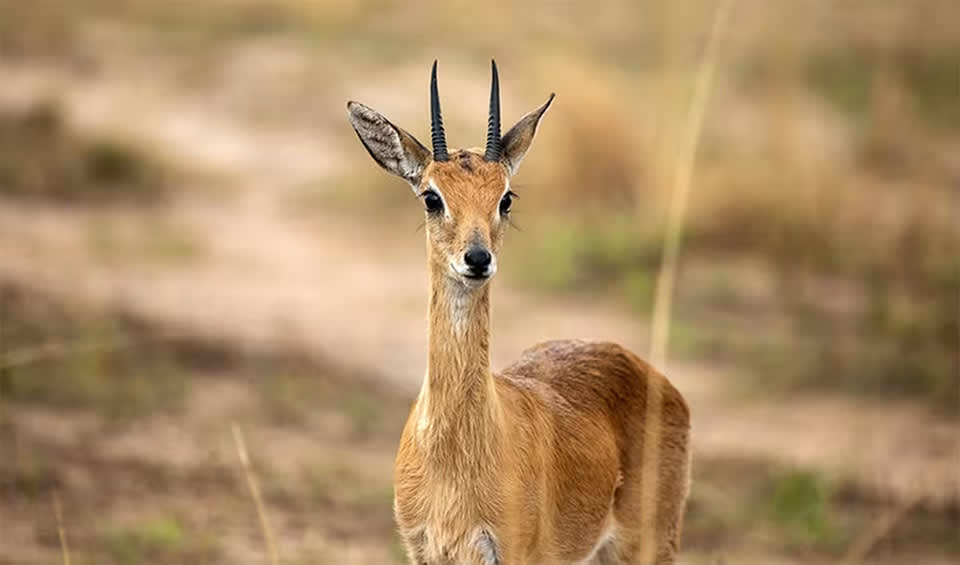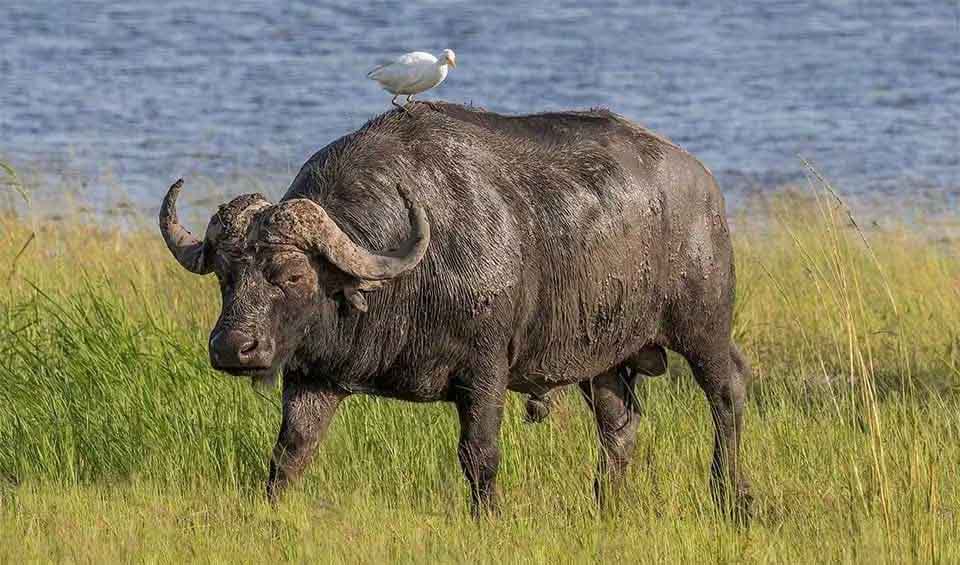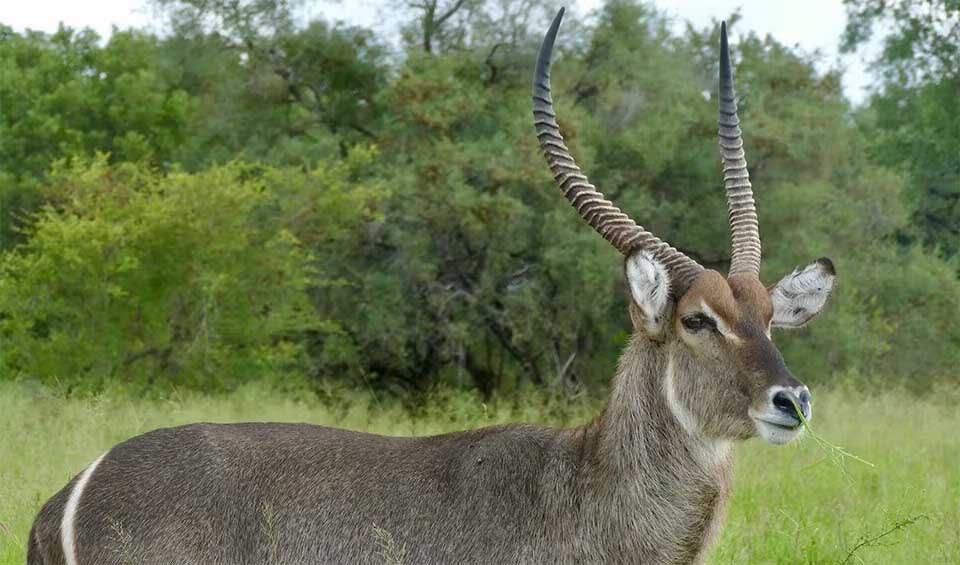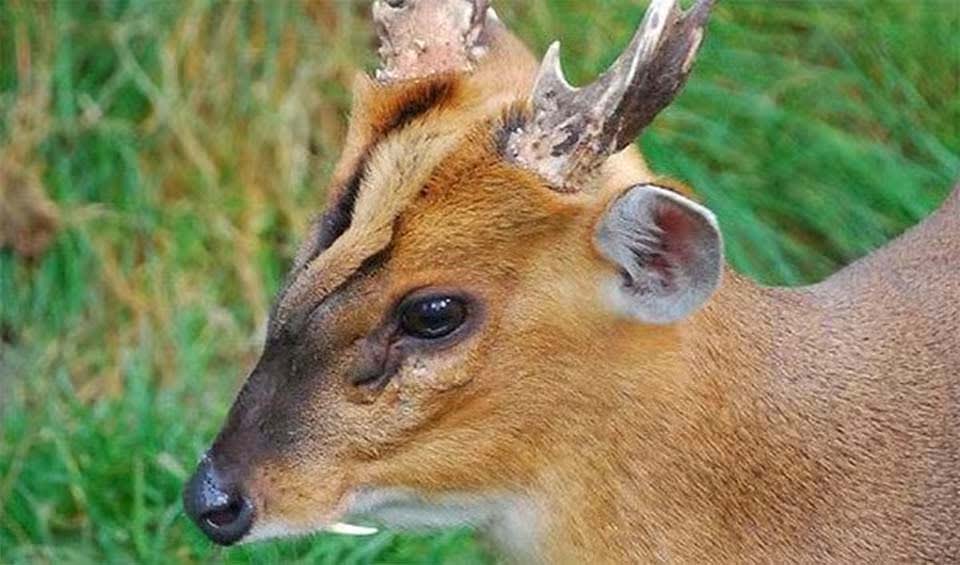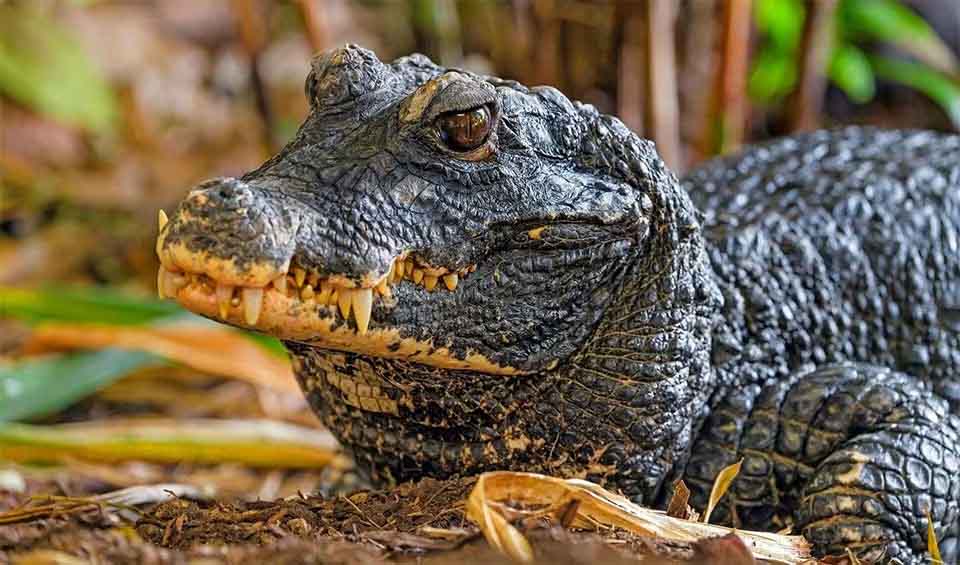Search for Central Af. Rep.
Long-tailed pangolin
All pangolins nocturnal? Nope—this little rule-breaker loves the daylight!
White-bellied pangolin
Its tail is strong enough to hang it upside down while it feeds, like a tiny armored acrobat
Pel’s fishing owl
Doesn’t care about rodents or birds — it’s all about the fish, frogs, and aquatic snacks
Reed cormorant
Despite its short stature, it’s a strong and fast flier
Common agama
Known for their vibrant colors, which can change rapidly in response to their environment, mood, or social interactions
Long-crested eagle
Got a long, floppy crest of black feathers sticking up from the back of its head like a windblown mohawk
Palm-nut vulture
Carrion? Nah, I prefer coconuts
Abyssinian ground hornbill
Prefers to walk the Earth like a feathered tank, only flying when necessary — wings are for backup, not daily use
Red-legged sun squirrel
Not your backyard nut hoarder
Common duiker
And they live up to the name — these little antelopes are known for diving headfirst into thickets when spooked
African green pigeon
Despite being brightly colored, they’re hard to spot — they sit quietly in treetops, perfectly camouflaged among leaves
African harrier-hawk
Has double-jointed ankles that let it bend its legs backward, forward, and sideways
Black crake
They’re always close to the reeds, but just bold enough to be seen
Martial eagle
One of Africa’s largest and most powerful birds of prey—a true apex predator of the skies
Knob-billed duck
Males sport a big, bumpy black “knob” on top of their bill — like a bird-sized bike helmet
Freckled nightjar
Camouflage game: legendary
European turtle dove
The only long-distance migratory dove in Europe
Klipspringer
Natural-born climber, capable of leaping with incredible agility across steep cliffs and boulder-strewn slopes
African paradise flycatcher
Its call—a soft, sweet “chee-chee” or chattering trill—can often be heard before the bird itself is seen
Red-lipped snake
Mildly venomous and completely harmless to humans
Common slender mongoose
Can take on a cobra with nothing but speed and confidence
Black-and-white-casqued hornbill
Its big casque works like a built-in speaker, boosting their calls to echo powerfully across dense forests
African grey hornbill
One of the more subtly beautiful members of the hornbill family
Giant kingfisher
Africa’s largest and most powerful kingfisher
Hadada ibis
Natural alarm clocks in African cities — whether you want them or not!
Grey-headed kingfisher
Despite the name, it rarely goes fishing!
Roan antelope
One of Africa’s most majestic and powerful antelopes, known for its robust build and horse-like stature
Black-crowned night heron
One of the most widespread and adaptable herons in the world
East African black mud turtle
A very capable walker and may travel long distances over land in search of new water bodies
Grey parrot
Often considered as the smartest of all parrots
Crowned eagle
Often called the “leopard of the sky”
White-tailed mongoose
One of its favorite snacks? Beetles and other crunchy bugs!
Yellow-billed oxpecker
One of the few birds that feeds partly on blood—not in a harmful way
Bongo
So rare and hard to find, that’s why they’re called “ghosts of the forest”
Cape bushbuck
Females hide their young and eat the feces after nursing them, so no trail of their scents remains to entice predators
Common ringed plover
This bird taps its feet to imitate rain to make the prey reach the surface
Forbes’s plover
Sometimes called the “dry country plover” because of its preference for inland habitats, unlike its more coastal relatives
African jacana
Chicks are skilled swimmers and divers, able to paddle through the water just hours after hatching
Red-footed falcon
Their favorite snack? Large insects like locusts and dragonflies
African forest elephant
Inhabiting humid forests in West Africa; they are the smallest of the three elephant species
African darter
African darters or ‘snakebirds’ are expert underwater fishermen equipped with stealth, diving skills, and a spear-like bill
Northern giraffe
Most endangered giraffe species is witnessing silent extinction
European roller
Loves trees! Only member of its family breeding in Europe
Ball python
True to their name, they transform into protective balls when threatened, tucking their heads in for ultimate defense
Central African rock python
Its sheer size and presence make it a dominant predator wherever it is found
Lesser black-backed gull
A common sight in coastal regions throughout the Northern Hemisphere
Common egg eater
Has the incredible ability to swallow eggs that are much larger than its own head
White-faced whistling duck
Loud birds with a distinct three-note whistling sound
Bateleur
One of the easiest birds of prey to identify from a distance
Red-rumped swallow
Amazing flyers — they can even drink water while they’re flying!
Hammer-headed bat
A bat with a face that looks like it belongs on a comic superhero!
European pied flycatcher
Males are particularly eye-catching with their black and white plumage, looking like they’re wearing a little tuxedo
Great white pelican
Underneath this colorful beak, there’s a hidden surprise – a built-in net for scooping up a delicious lunch!
Pink-backed pelican
Mostly pale grey or white, but when the light hits just right, you’ll see a rosy-pink blush across their back and wings
African clawed frog
It’s a frog, but it doesn’t look like the typical frogs we think of!
Barn swallow
Most common and widely distributed swallow globally
Common nightingale
Often called the “singer of the night,” it produces a complex and beautiful melody that has captivated people for centuries
Great blue turaco
A bird as big as a crow but with feathers that shimmer an unbelievable shade of blue
Giant pangolin
Covered in tough, overlapping scales made of keratin — the same material human fingernails are made from
Rüppells vulture
Once found flying 11,300 meters (37,100 ft) high, sadly, this was more of an accident than a discovery
White-crowned lapwing
Known to nest surprisingly close to crocodiles!
Tawny eagle
Often seen as a symbol of strength, freedom, and keen vision in many African communities
African fish eagle
With its striking appearance and distinctive call, it is often referred to as the “voice of Africa”
Black crowned crane
In some regions, they are regarded as messengers of the gods or as symbols of rain and fertility
Boomslang
Itd name means “tree snake” in Afrikaans and Dutch, a fitting description of its arboreal lifestyle
Puff adder
Notoriously grumpy, always putting on a dramatic hissy fit when approached
Common reed frog
Their horizontal pupils give them a permanently surprised expression
Little egret
During breeding, they transform with elegant white plumage, adorned by decorative plumes on the head, neck, and back
Egyptian goose
They were commonly depicted in art from ancient Egypt
Common redstart
They consistently display a restless demeanor and exhibit a distinctive, tail-trembling behavior
White wagtail
Holds cultural symbolism in some societies, representing good luck
Eurasian kestrel
Adaptable raptor known for its hovering hunting technique and striking appearance
African openbill
An unrushed flyboy from Africa
Nile monitor
Can deliver a painful bite, tail lashes, and fierce scratches — definitely a reptile to respect!
White-backed vulture
Their highly acidic stomachs and powerful enzymes help break down and neutralize harmful bacteria and toxins present in the carcasses they feed on
Hooded vulture
They are known to scavenge at rubbish dumps and around slaughterhouses, helping to dispose of animal byproducts and reducing potential health risks
African wolf
A genetic mix of 72% grey wolf & 28% Ethiopian wolf was classified as an African variant of the golden jackal until 2015!
Cheetah
Racing to extinction: historically ranging throughout Africa to India, now distributed in small, fragmented populations
African bush elephant
Size matters! The largest of the three elephant species and the largest extant terrestrial creature on our planet
White rhinoceros
White with a dark future! Victim of the myths, it is the biggest of the five rhino species
Black rhinoceros
With 3 out of 8 subspecies have been declared extinct, illegal poaching puts these hooked upper lip rhinos in danger
African wild dog
85% successful kills! Yet irreversibly waning, it is among the most endangered canids in Africa
Western gorilla
Most diverse species of a gorilla; inhabits midwest Africa
Leopard
Disappearing graceful shadows, this tree-climber is on the way to extinction
Egyptian slit-faced bat
Often called ‘whispering’ bats because their echolocation used to access the area and prey location are low intensity and not strong
Crested porcupine
They don’t shoot quills—they let predators do the hard work by detaching them on contact!
Hippopotamus
1.6 ton (1.5 tonne) + 48 km/h (30 mph) = what do you think?
Common ostrich
Arabian ostrich, 1 of 4 subspecies, was hunted to extinction in mid-20th century
Barn owl
The most cosmopolitan of owls with home ranges extending across the globe
Northern white-faced owl
These owls are strictly nocturnal and generalist hunters, preying on moths, scorpions, birds, rodents, and everything in between
Rose-ringed parakeet
If you ever forget the tune of a song, don’t worry; this bird has your back
Little grebe
This cute and small bird is one of the most elite hunters below the water’s surface
Greater honeyguide
The master hunter and the bane of the bees
Hamerkop
The hammerheads of the bird kingdom
Shoebill
One of the most bizarre creatures you can ever lay your eyes upon
African sacred ibis
The fossil records suggest that this species has been on this planet for millions of years
Glossy ibis
These birds seem to have lost their way to the beauty pageant
Goliath heron
This large heron is a firm believer in the adage: “Patience is the key to success”
Gray heron
Exhibit powerful flight, with distinctive slow wing beats and an extended neck, defining features during their aerial movements
Red-billed quelea
The most numerous wild bird species in the world
Palestine sunbird
The tiny hovering jewel of house gardens
Violet turaco
Not rare, just hard to spot
Common moorhen
Living around smelly brackish marshes is unthinkable, but these birds love their isolated habitat or don’t have a sense of smell
White-spotted flufftail
Don’t be disappointed if you don’t see a fluffy tail on these birds – it’s a misnomer
Helmeted guineafowl
Native to Africa, it is the best-known bird of its family, broadly introduced as domesticated species
Peregrine falcon
At the speed of over 321 km/h (200 mph), this bird outraces a Formula1 car
Pied kingfisher
The only member of the genus having wide distribution across Asia and Africa is sociable, unlike other members of its family
Speckled mousebird
Their dull mousy-brown color justifies the name pretty well
Marabou stork
This Nature’s cleaners are the largest & heaviest living stork
Yellow-billed stork
As the name suggests, this whitish stork has a bright red face and a distinctively long yellow bill
Saddle-billed stork
The colorful stork of Africa
African woolly-necked stork
One of the most elegant and quietly impressive birds of Africa’s wetlands
Black stork
The stork with the widest geographic range
White stork
The folktale bird that brings the babies!
Pied avocet
One of the very few birds with an upturned bill
Black-winged stilt
Elegant long-legged wader, common almost worldwide
Water thick-knee
Its giant yellow eyes aren’t just for dramatic effect — they give it excellent night vision
Egyptian plover
The janitors of the bird world
Arctic tern
This bird can give any cross-country runner a run for their money
African skimmer
Global Warming got nothing on this bird
Greater painted-snipe
Looks no less than a renaissance masterpiece
Black-tailed godwit
The most elegant of all godwit species
Common swift
These enthusiastic travelers can be seen almost worldwide in different seasons
Green wood hoopoe
Insect-eating, tree-dwelling, and an incredible co-partner. That said, there’s nothing uninteresting about this one
Eurasian hoopoe
Dependable wings and a muscular build. Nope, we aren’t talking about the next Redbull ad campaign
White-headed vulture
They’re known as ‘old world vultures’ endemic to Africa and the first ones to get a whiff of corpses
Egyptian vulture
A highly intelligent species that is the world’s only tool-using vulture with a long migratory range
Western marsh harrier
The yellow-eyed devil
Common buzzard
They eat just about everything — rabbits, rodents, birds, carrion, earthworms, insects… even beetles get a look-in
Short-toed snake eagle
A magnificent migratory bird with long, broad wings and a short tail that sings in the form of musical whistles
Western banded snake eagle
As the name suggests, this eagle is all about snakes — venomous or not, it doesn’t care
Lappet-faced vulture
The African giant vulture has a wingspan up to 2.80 m (9 ft) wide
Osprey
One of only six land-birds with a cosmopolitan distribution habituating all continents except Antarctica
Secretarybird
A long-legged bird with a stunning black feather crest on its back head
Rock hyrax
African rock dwellers that resemble pikas , but are more closely related to elephants!
Ground pangolin
Often referred to as “scaly anteaters” due to their diet and appearance
Aardvark
Dig large subterranean burrows that other animals can hide in during fires, hence preventing wildlife deaths
Banded mongoose
Living in troops, a real-life example of “All for one, and one for all”
African wildcat
The direct ancestor of the domestic cat—no wonder why they look so alike!
Giant otter shrew
Got their common name due to their resemblance to otters and shrews, but not true otters nor shrews
Common (spotted) genet
We can rotate our pinnae by 80 degrees!
African palm civet
Live in harmony with a parasite causes the deadly Sleeping sickness in humans
Egyptian mongoose
Appeared in Egyptian paintings from 300 B.C., it is known as “Pharaoh’s cat” and is considered a holy animal that is housed in temples
Striped hyena
The only hyena species outside of Africa that can go 15km (10 miles) for a meal
Spotted hyena
Also known as Laughing Hyena, it gets chewed a lot for being cruddy and a good-for-nothing scavenger!
Striped polecat
They are also called ‘zorilla’ which comes from the Spanish word ‘zorro’, meaning small fox, but they are not fox
Honey badger
Well known for their ferocity, these fearless little creatures are always ready to take on an entire pride of lions
Serval
Owners of the longest legs-for-body-size of all cats are widespread in sub-Saharan savannahs
African golden cat
There is still a lot to learn about this already threatened species
Caracal
“To put the cat among the pigeons” was phrased on caracals, as they were once trained for hunting game birds for Persian and Indian royalty
Side-striped jackal
Larger than its jackal relatives and easily distinguishable with white stripes on the sides
Oribi
They benefit from wildfires as they can return to the area that recovered from fires to eat fresh grass
African buffalo
They are also known as the “black death” or “widowmaker,” which says a lot about them – dangerous!
Waterbuck
Predators usually don’t hunt adult waterbucks as they have an unpleasant body odor because of the waterproofing secretions
Hartebeest
They enjoy a sedentary and lazy lifestyle but run fast if they sense danger
Topi
This prestigious, highly social, antelope species of Africa could run up to 80 km/h (50 mph)
Giant eland
The largest species of antelope, weighing up to 700 kg (1550 pounds) and growing 1.8m (6 ft)
Greater kudu
One of the largest antelopes – a male kudu having thick and spiraled horns as long as 1.8m (6 feet) in length
Water chevrotain
Unlike most mammals, male water chevrotains are smaller than the female
Common warthog
Widely distributed and the only pigs that live in grasslands
Red-tailed monkey
Named for their striking red tail, which looks like it’s been dipped in paprika
Common patas monkey
Has distinctive alarm calls for different predators to warn other members of the group
Uganda mangabey
Thought to be a population of the Grey-cheeked mangabey until it upgraded to a new species in 2007
Olive baboon
The most wide-ranging of all baboons, native to 25 equatorial African countries
Chimpanzee
Our closest living relative from the wild
African spurred tortoise
This giant is the largest African and third of all the tortoises on earth
Black mamba
Africa’s most feared snake that would inevitably evoke reactions of fear by just its looks
West African slender-snouted crocodile
With only a few thousand remaining individuals, this critically endangered species is on the verge of extinction
Dwarf crocodile
Timid nocturnal with broad snouts native to Africa, they are the smallest of all crocs





